The Caucasus countries
There was a lot of confusion and questions about Tramp’s US registration which required four Customs officials to discuss it in detail and a call to head office to approve it but eventually they grunted and waved us through the final barrier. We were officially in our first Caucasus country – Georgia. After a couple of weeks traversing Turkey we were sad to go but excited to explore a new frontier, a former USSR satellite country, a country we knew little about. Georgia, here we come.
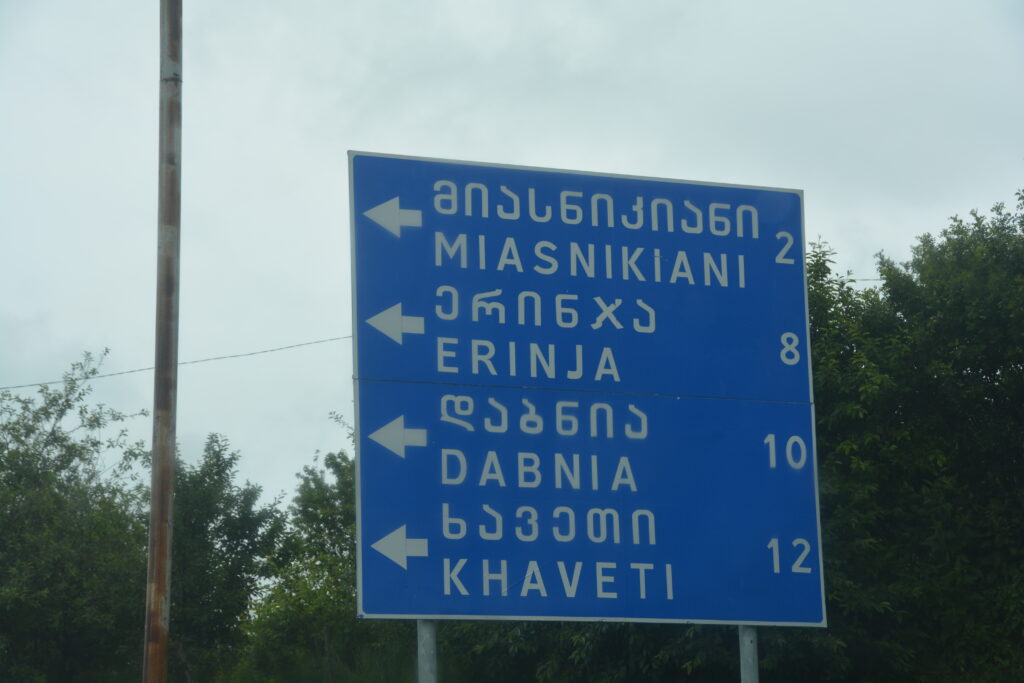
The Caucasus countries comprise of Georgia, Armenia and Azerbaijan, all of which fell under the Soviet umbrella for most of the last century and all are still grappling with their independence since the 1990’s, their old and current relationship with Russia and each other. We knew they were still a work in progress with many political, economic and social issues to resolve but we were keen to see it all for ourselves. And the country that gets the biggest raps for intrepid travellers is Georgia.
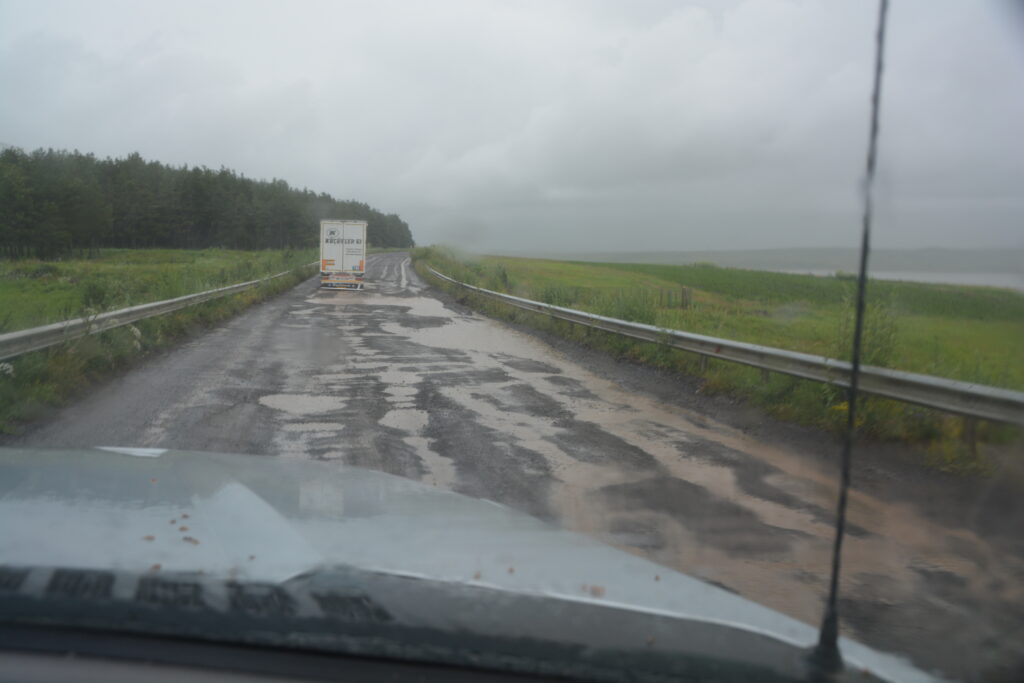
The border crossing was a little more challenging than usual and as always, Tramp is part of the problem and part of the solution. Everyone wants to get a close look at Tramp – we had to open him twice for the Georgian officials – and talk about his features but they also don’t like his US registration, his funny license plates with no numbers and the quarter-page piece of paper the Californian authorities provide as the only official document. But in the end they raised the boom gate, we moved on to buy insurance and a SIM card and we were free.
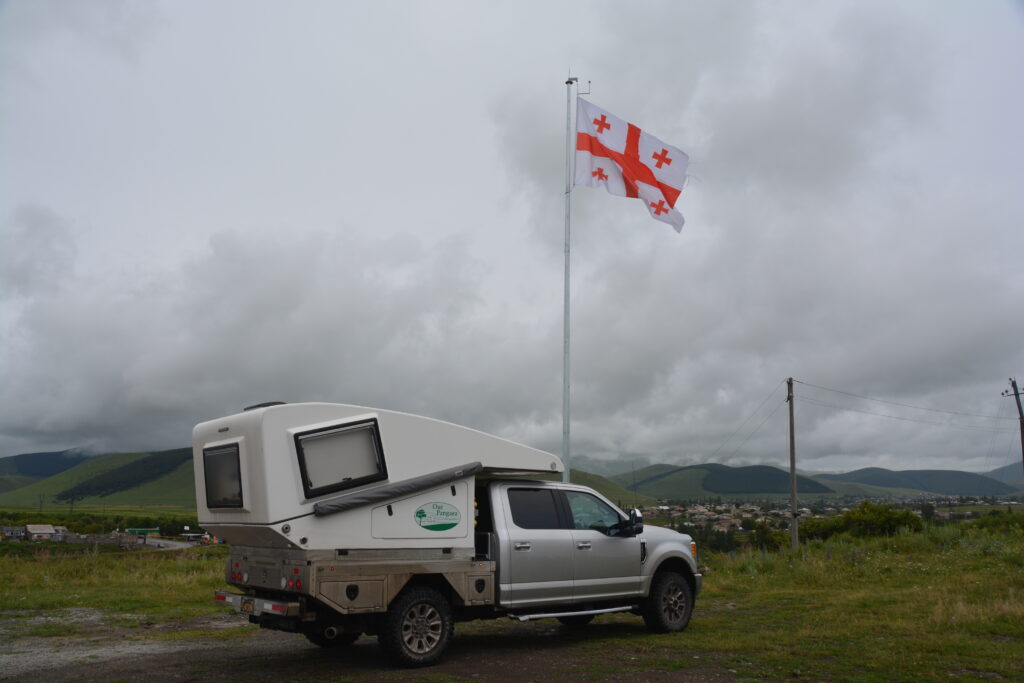
And wow! After the great roads of Turkey we were immediately confronted with gravel and horribly pot-holed roads, almost undrivable at speeds higher than 30kph, villages that were desperately poor and a cold driving rain that made it all very gloomy. We made our way to the impressive Khertvisi Fortress and explored this 14th century castle overlooking the confluence of two rivers.
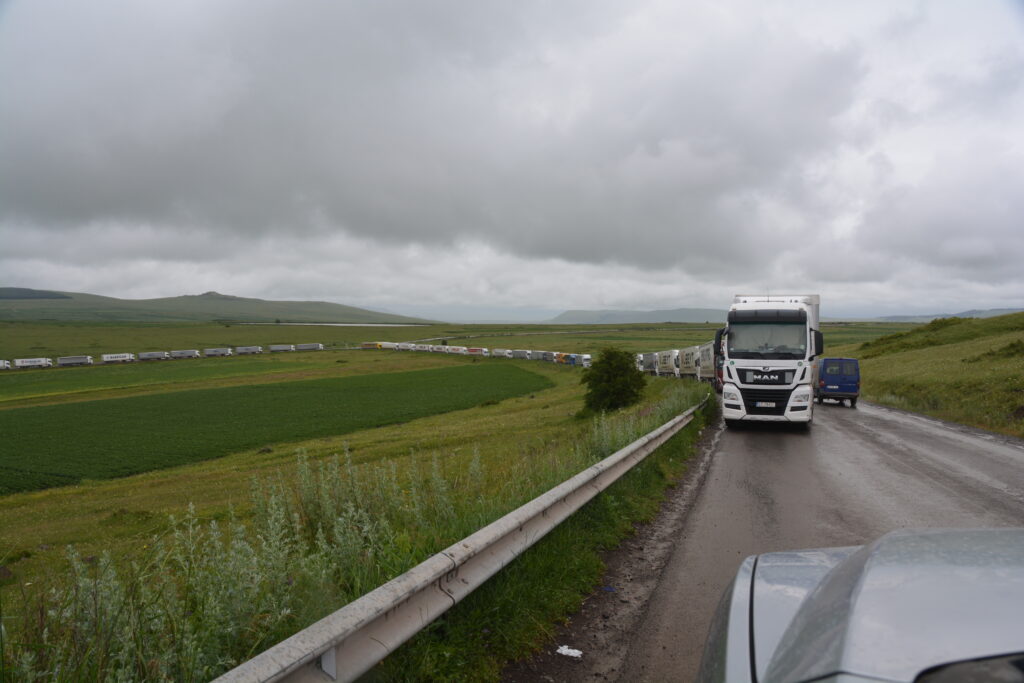
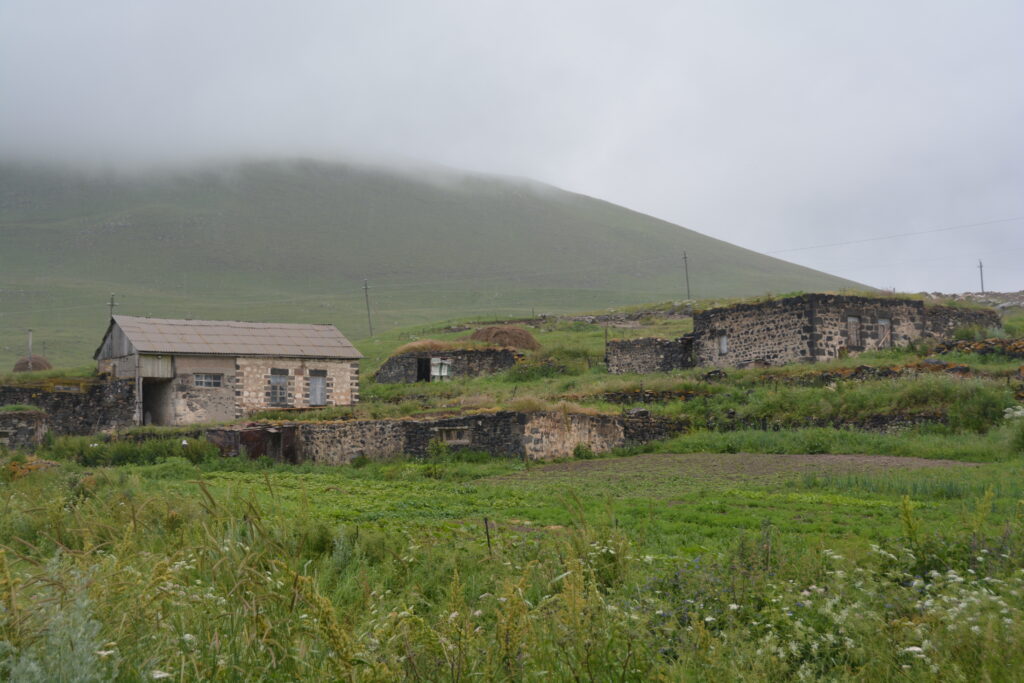
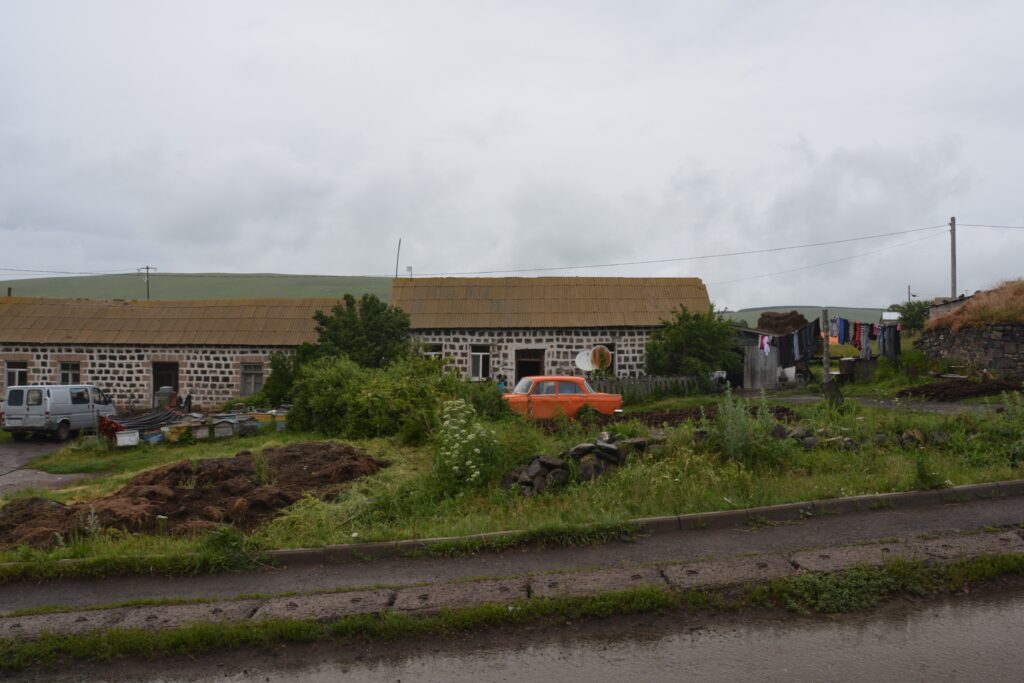
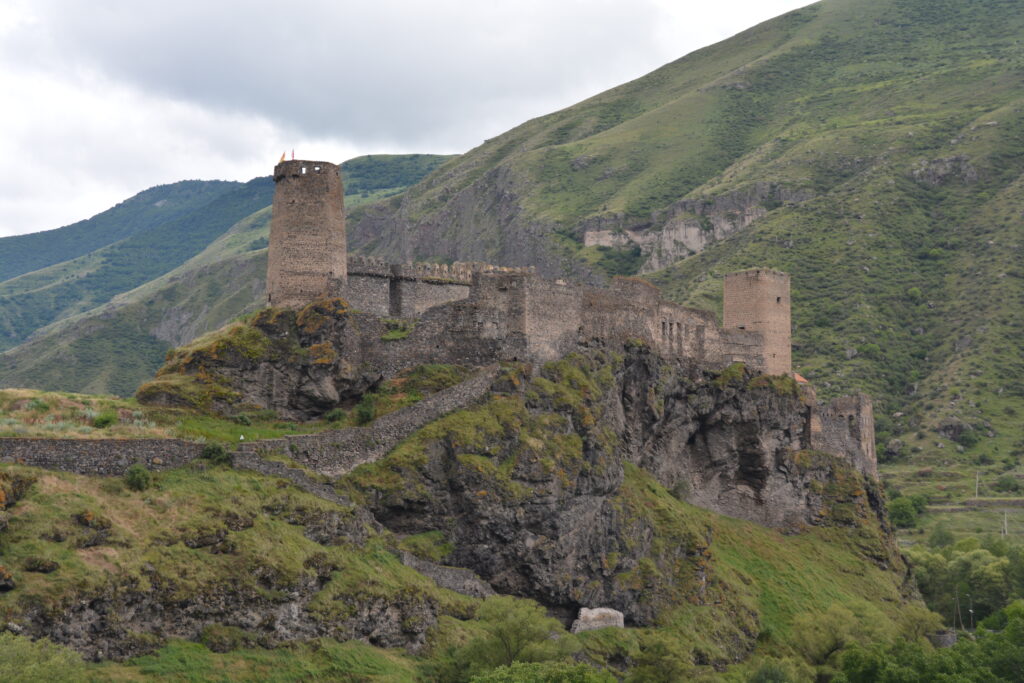
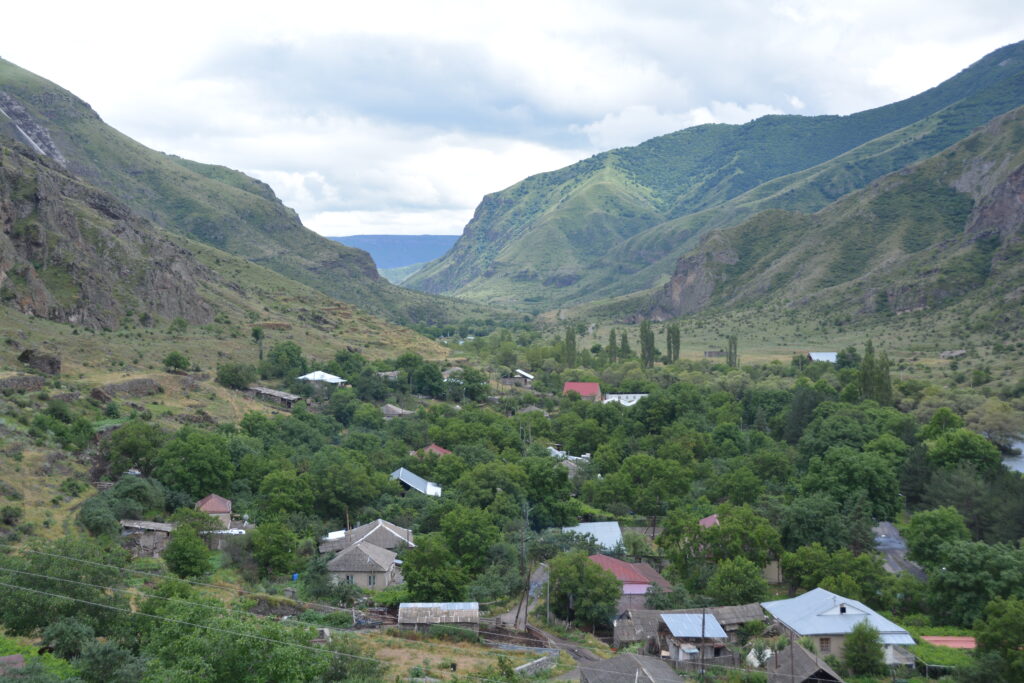
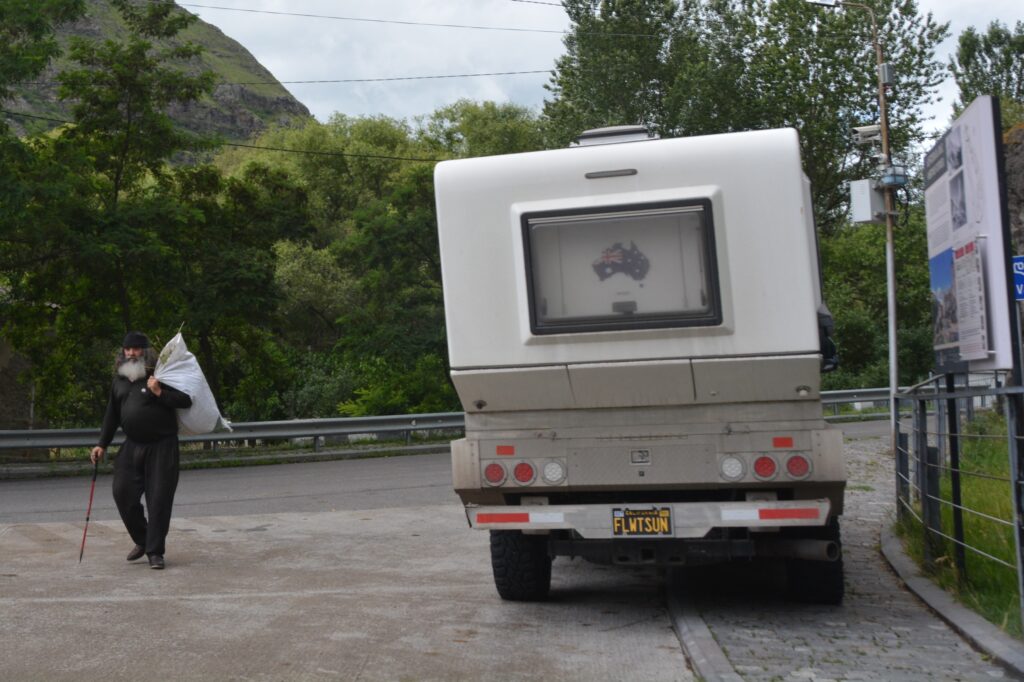
But our prize for the day was the Vardzia Caves where in the 12th century monks carved out over 600 caves to use as dwellings, storage, places of worship, animal shelters, wineries and a whole lot more. Again, in such a remote and obscure place such a long time ago people created a safe and effective living environment out of nothing. Absolutely astounding.
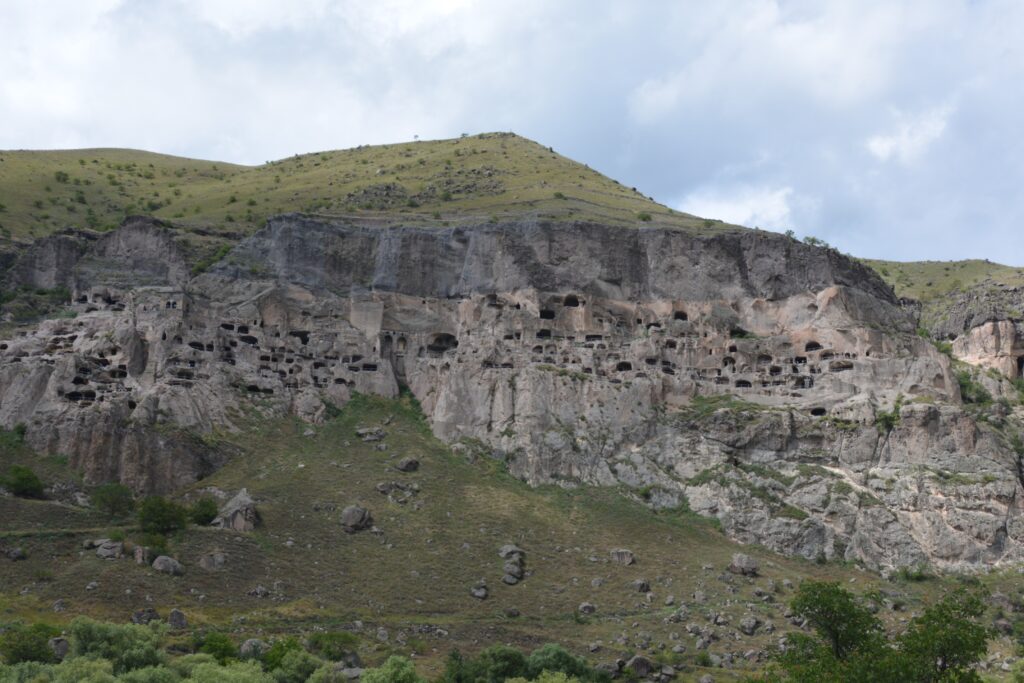
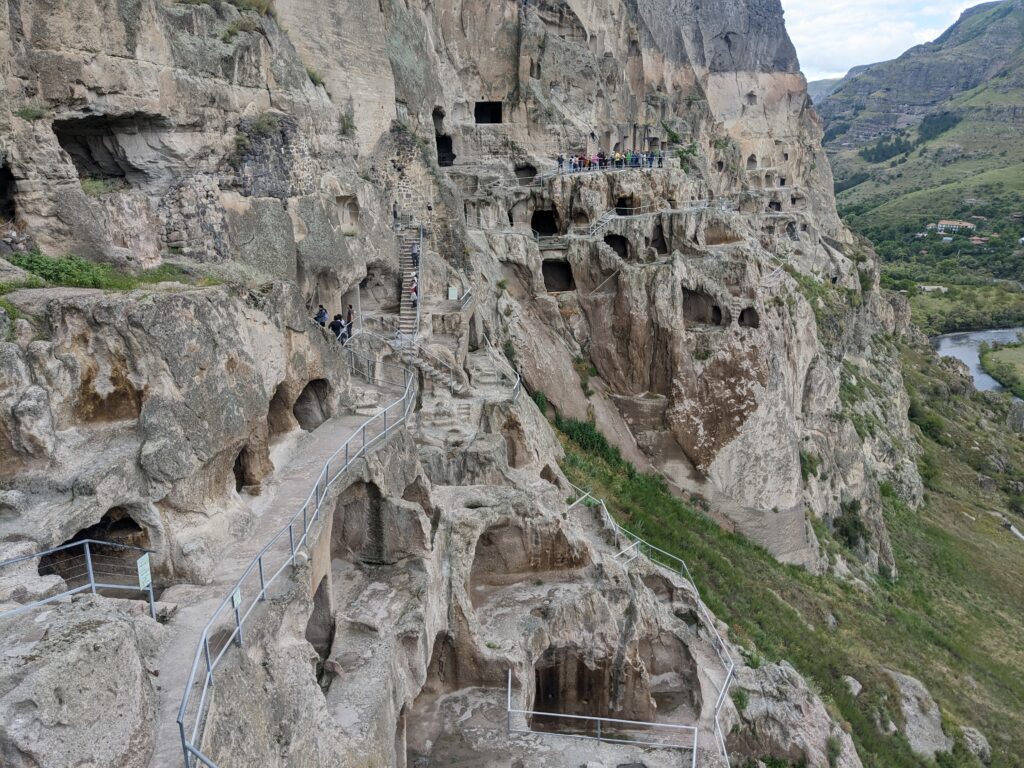
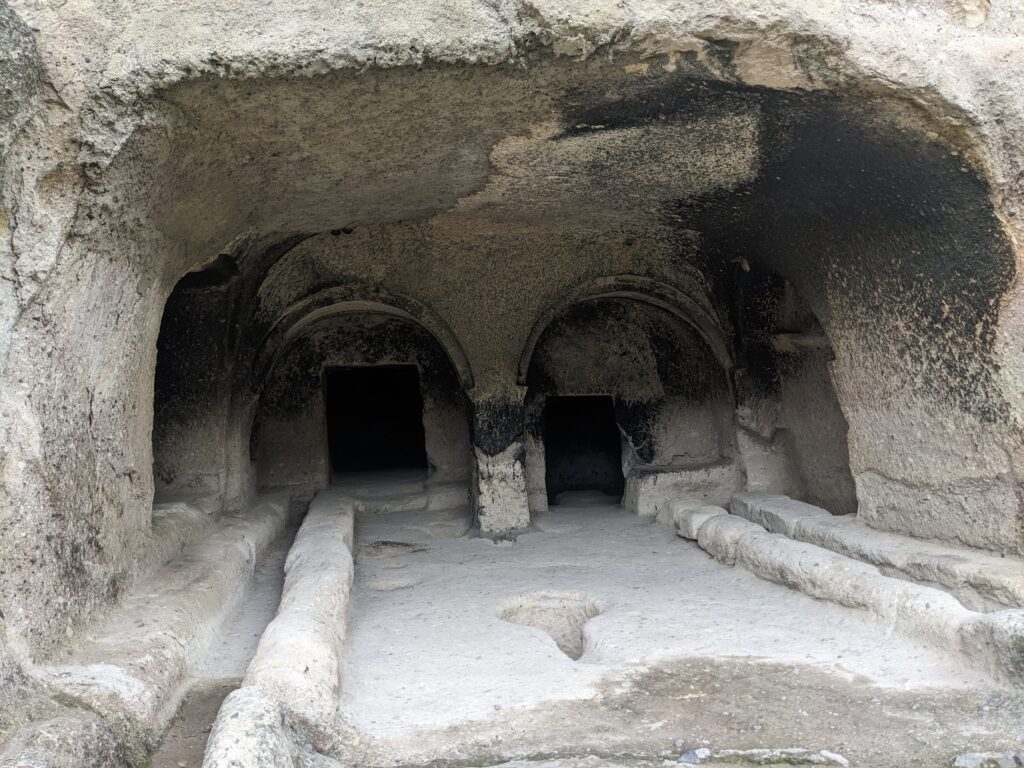
We camped the night in an open area just opposite the caves with fabulous views of the mountainside and warmth inside Tramp from the bitter wind. The next day we retraced our steps to the scrappy regional town of Akhalkalaki and then headed south for the border with Armenia. Our plan was to dip into Armenia for a week or so, kind of do a big loop in a small country, and return to Georgia a little further north.
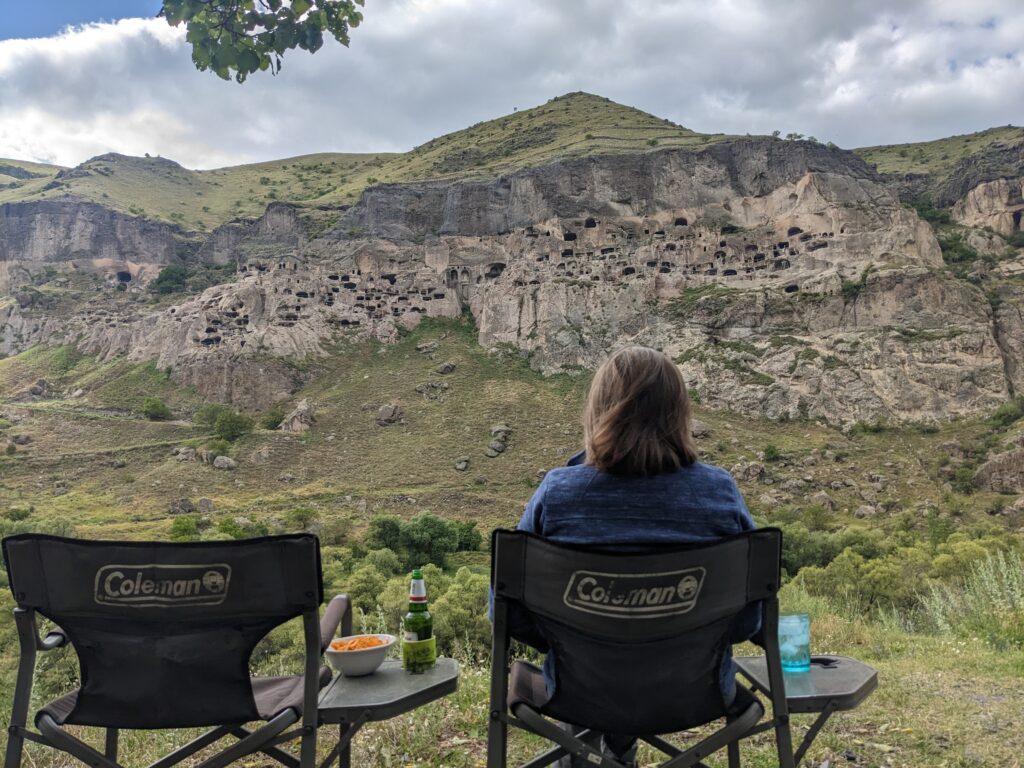
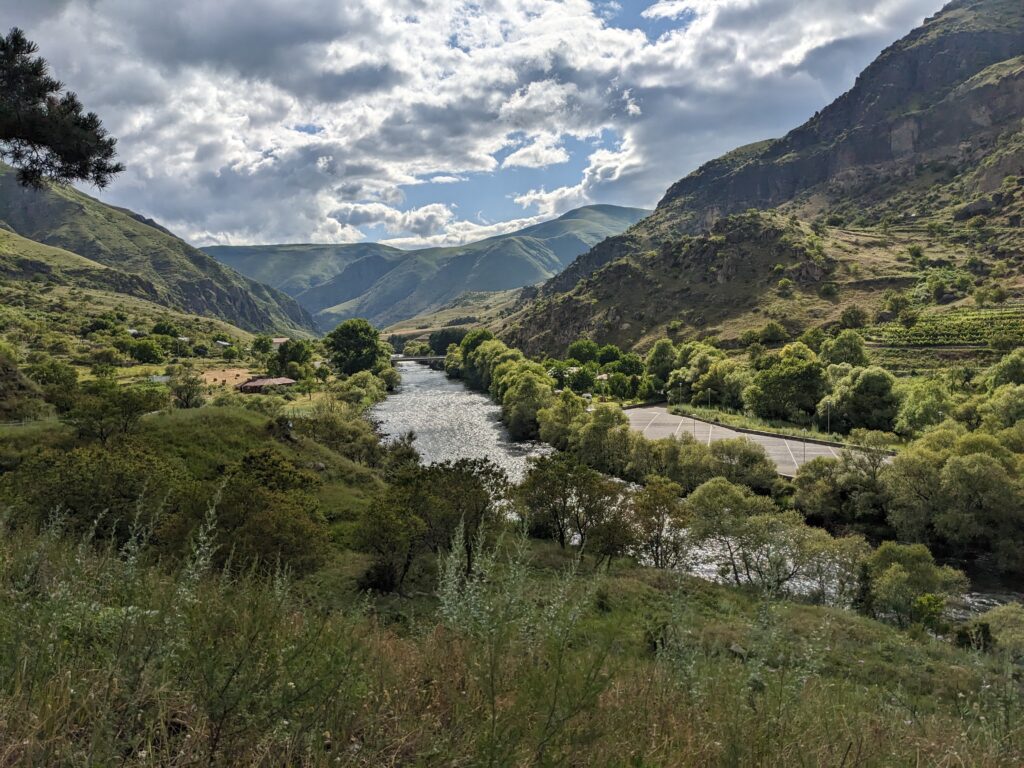
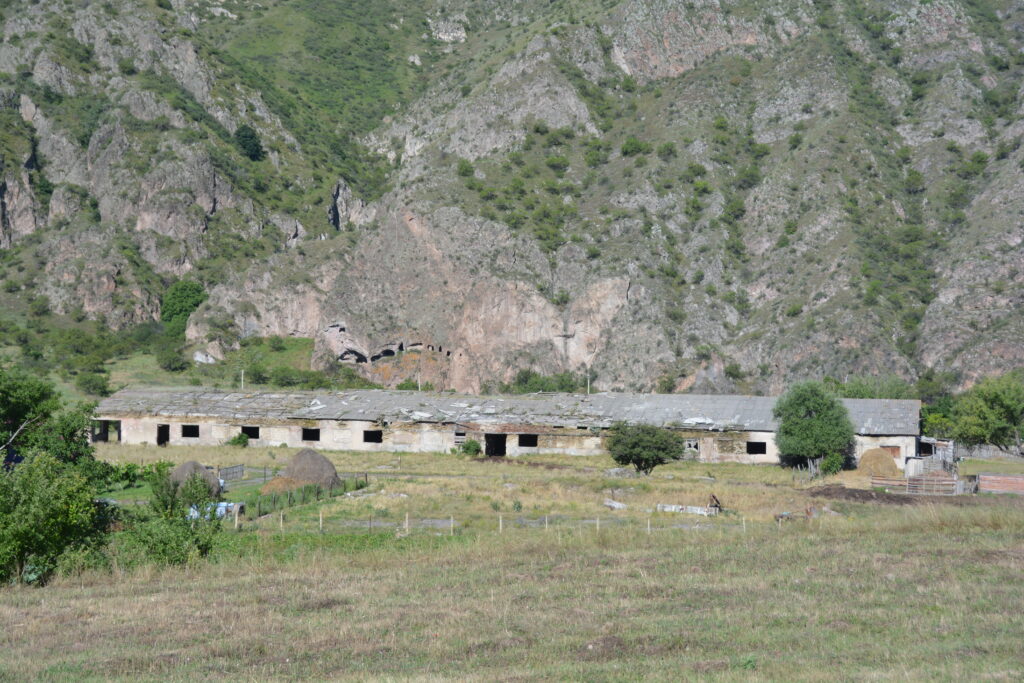
But these borders are a chore. The Georgian officials again didn’t like Tramp’s paperwork, even though we were leaving, and the Armenians weren’t much better. I also had to buy a Temporary Import Permit (TIP) for Tramp, something we had to do in every country in Central and South America. Plus insurance, plus a new SIM card, wait in queues, fill in forms, pay money, phew! Two and a half hours later we finally entered Armenia.
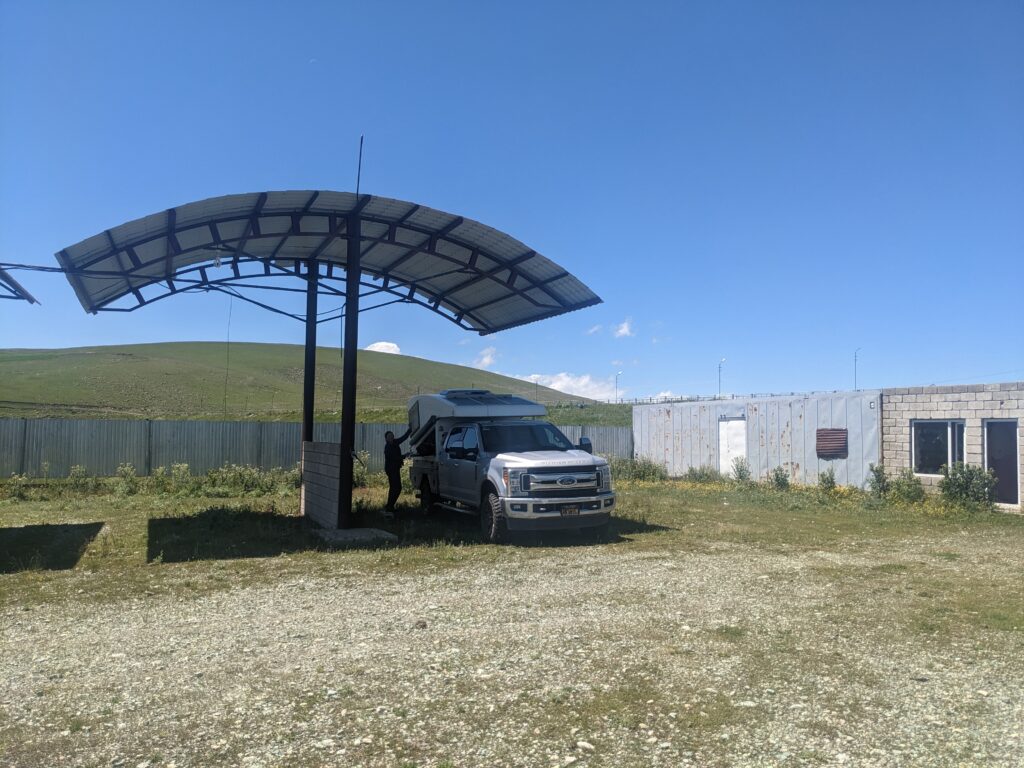
These days Armenia is a small country with a big heart and a long history. The dominant force in this broad region for many centuries, through the forces of larger countries like Russia and Turkey over the last century Armenia has been reduced to a relatively small share of the map. And their ongoing battles with Azerbaijan over the territory of Nagorno Karabakh and their serious historical grievances with Turkey make this area of the world fraught with conflict, uncertainty and despair.
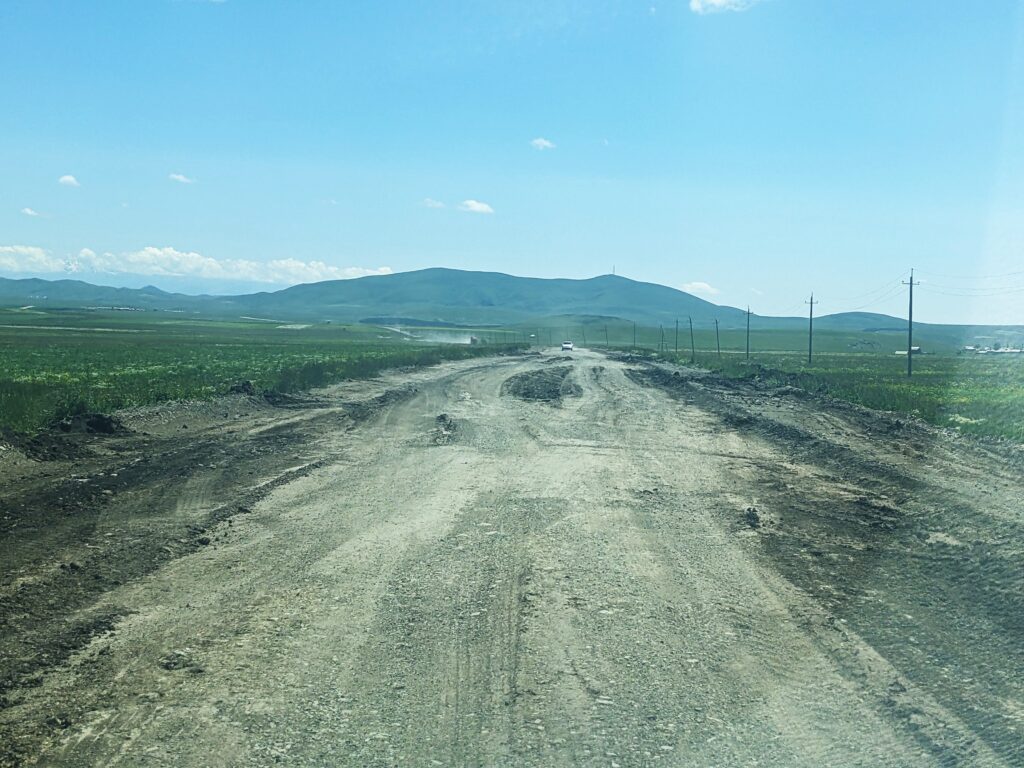
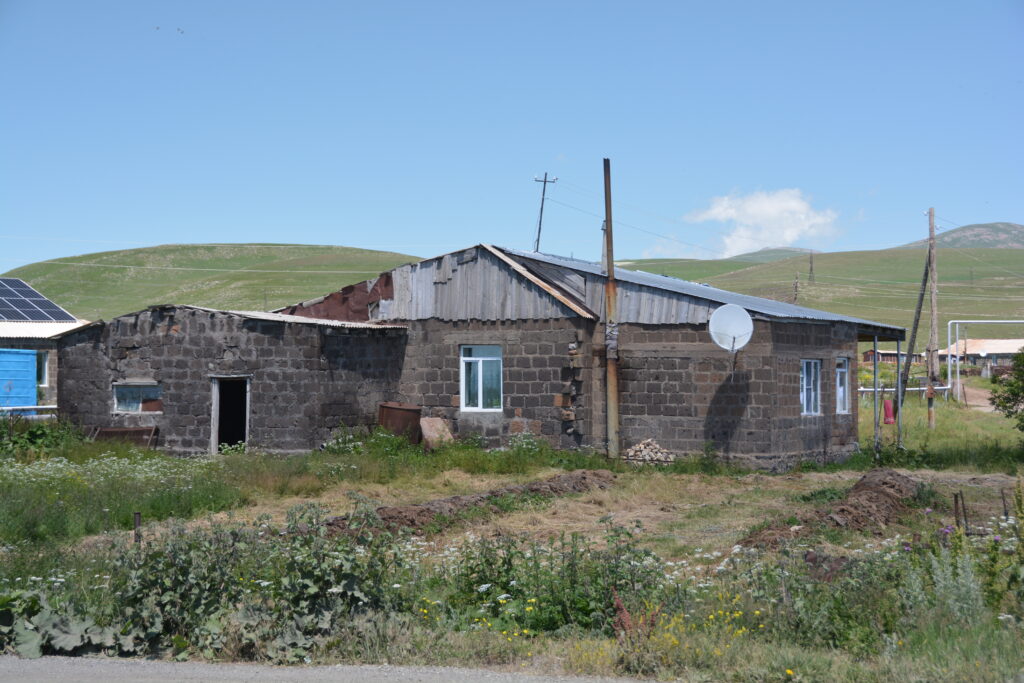
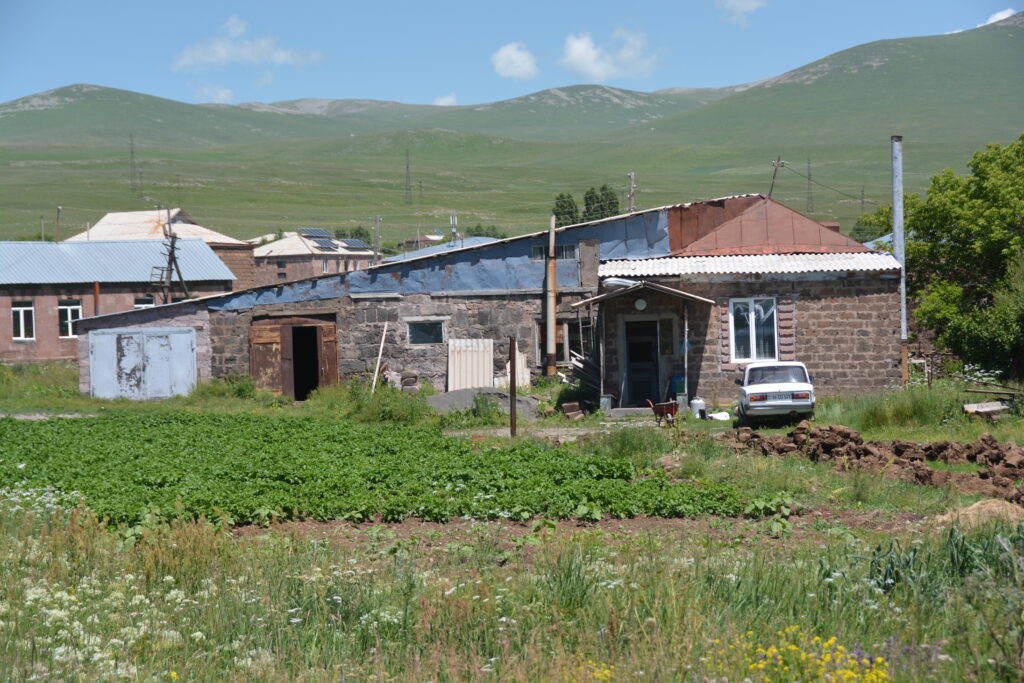
We were greeted with more terrible roads and villages which were very run down and clearly struggling. We made our way south to the country’s second largest city, Gyumri, a bustling metropolis of over 100,000, and parked near Vartanants Square in the centre of town where we bought veggies in the lively open market and visited the All Saviours Church which was rebuilt at being destroyed in the 1988 earthquake. We liked Gyumri, it had buzz and hustle and a vibrancy we hadn’t seen in the rural areas so far. And the ice cream was good.
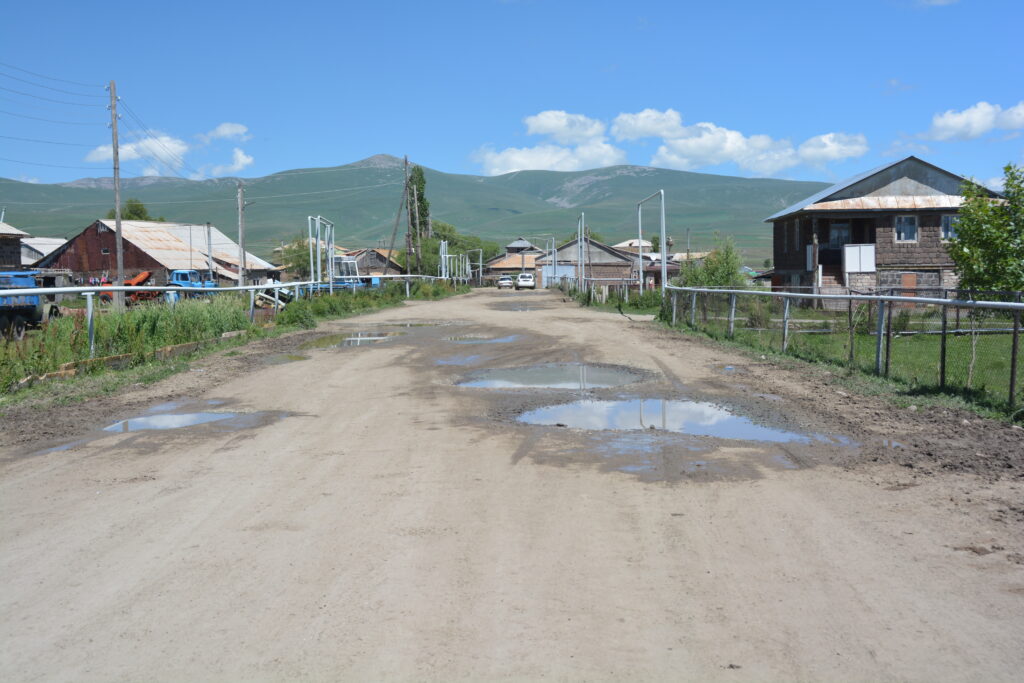
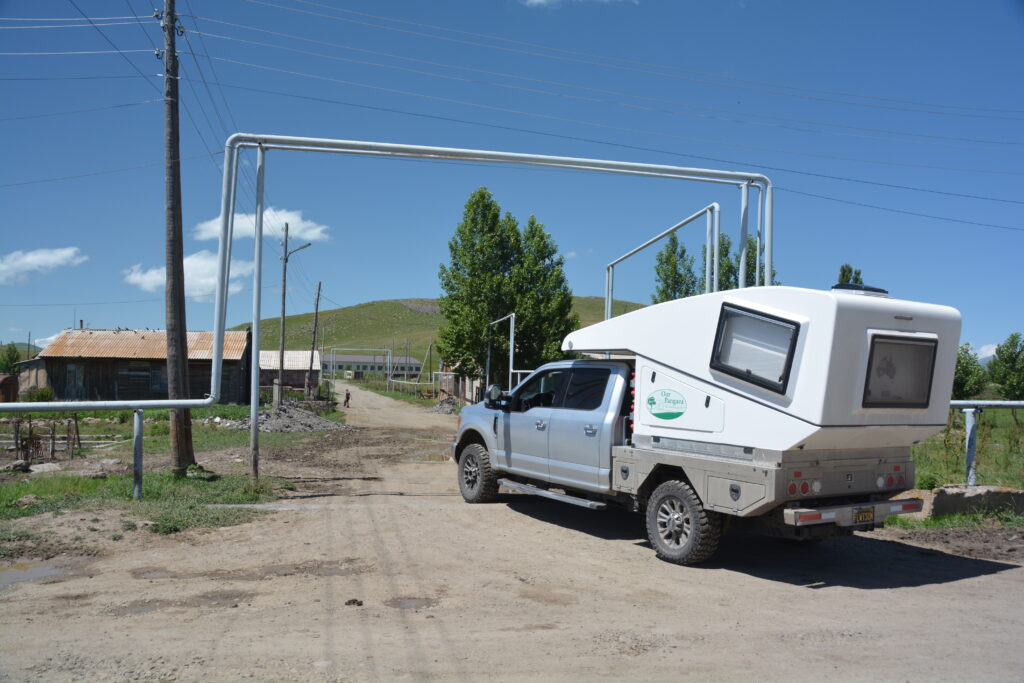
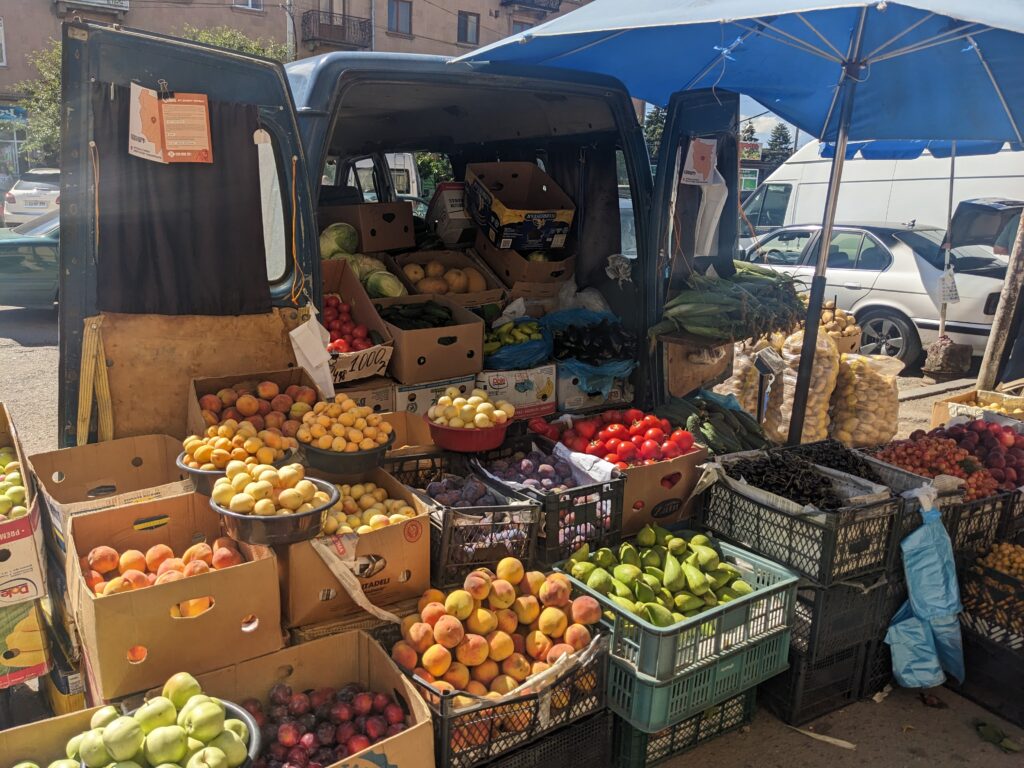
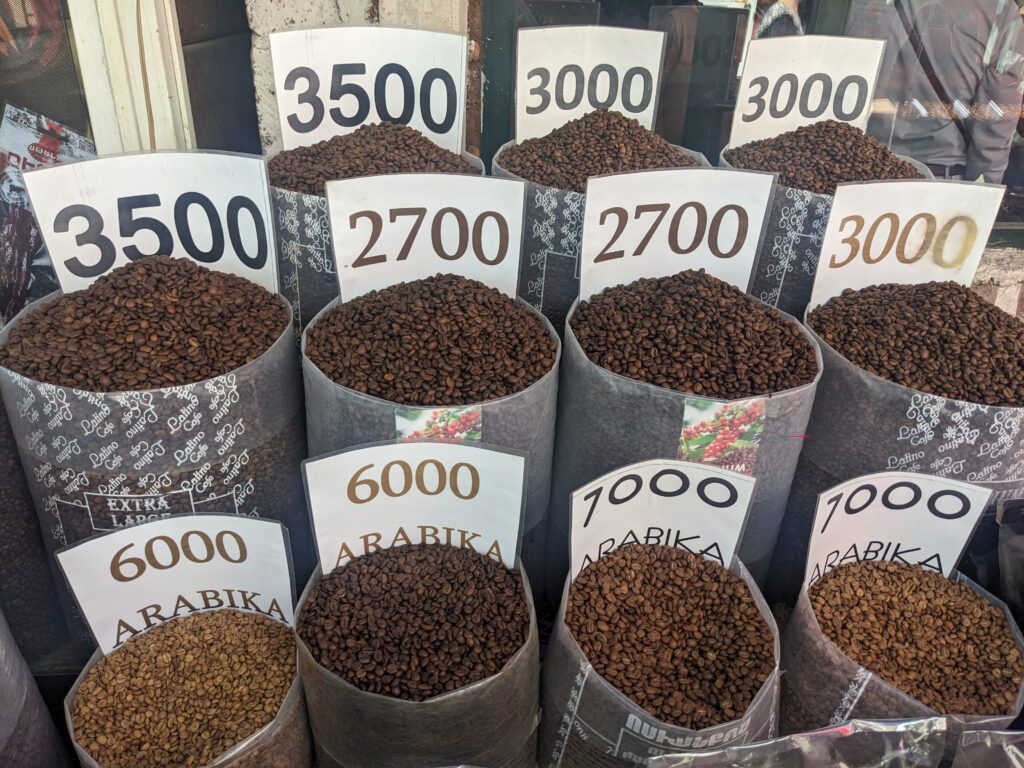
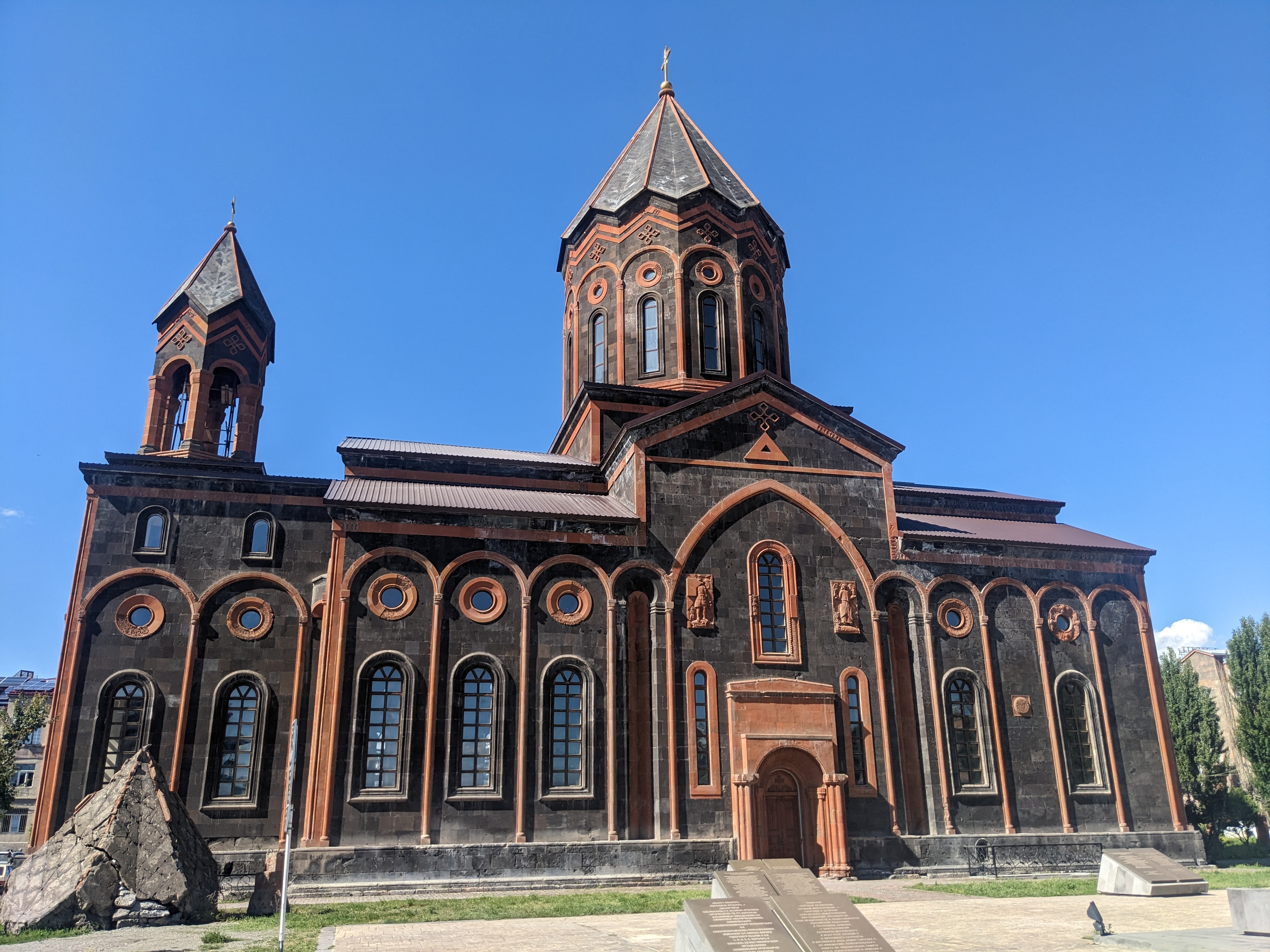
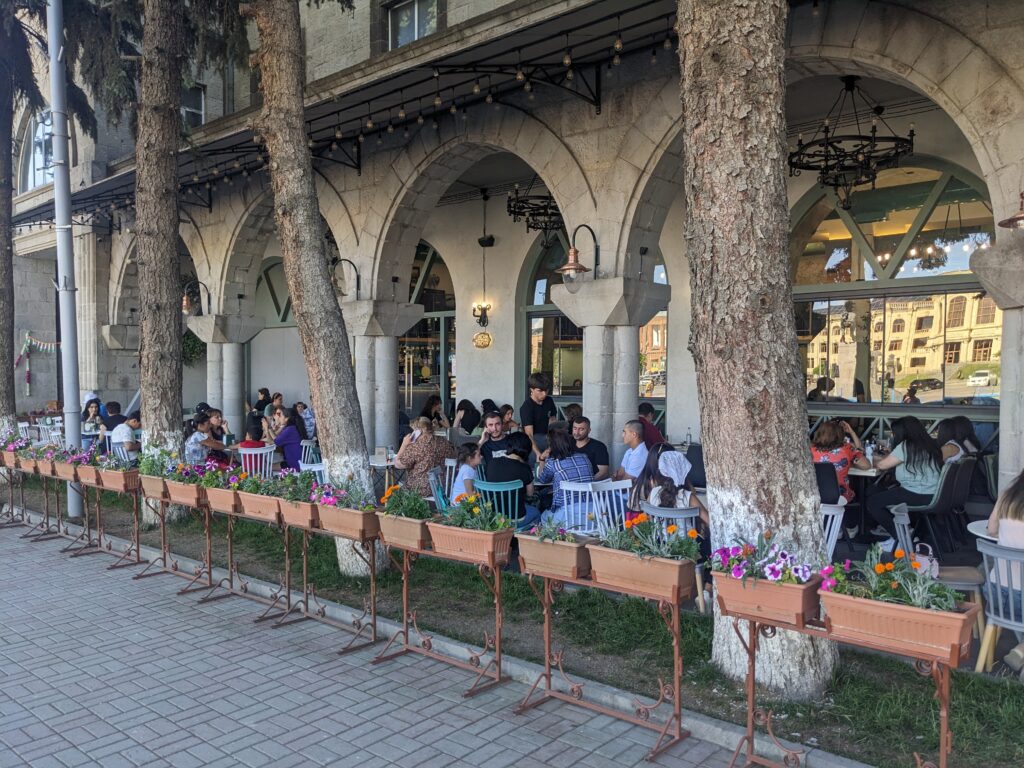
We camped that night in such a random spot it made us laugh. We headed out of town, went through a small village, up a slope, behind an old quarry, tucked ourselves in amongst piles of rock from the quarry and admired the views of Mt. Aragats, the snow-capped highest mountain of Armenia at 4090 metres that was across the expansive fields of hay. If you told people where we ended up some nights they wouldn’t believe you.
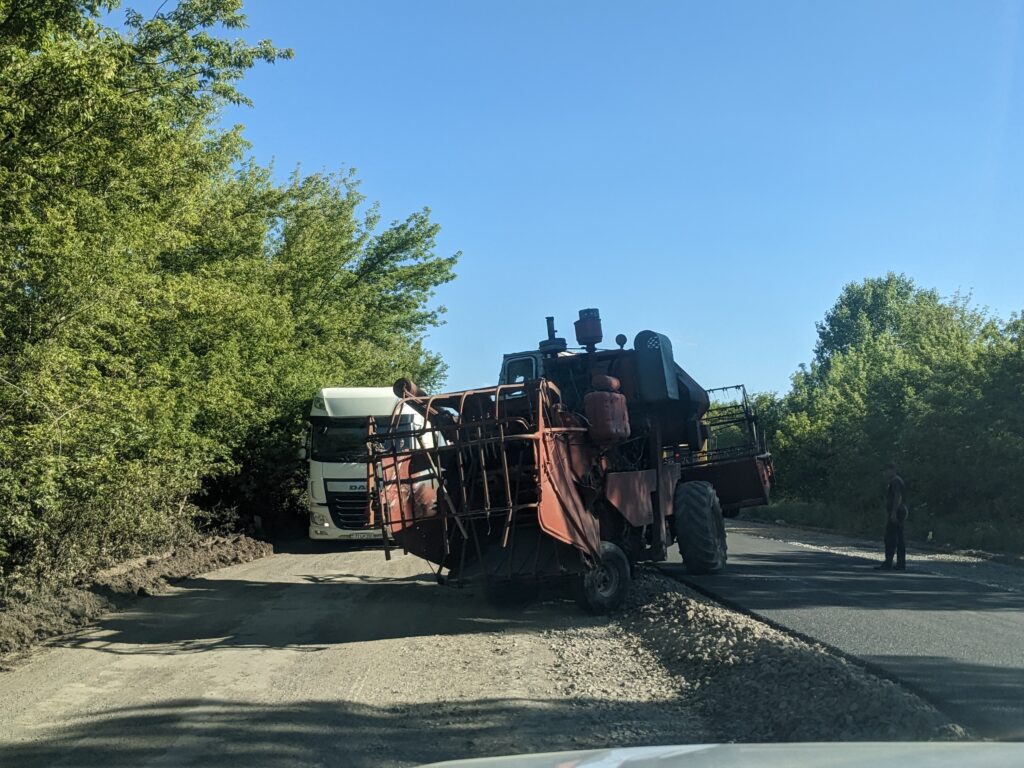
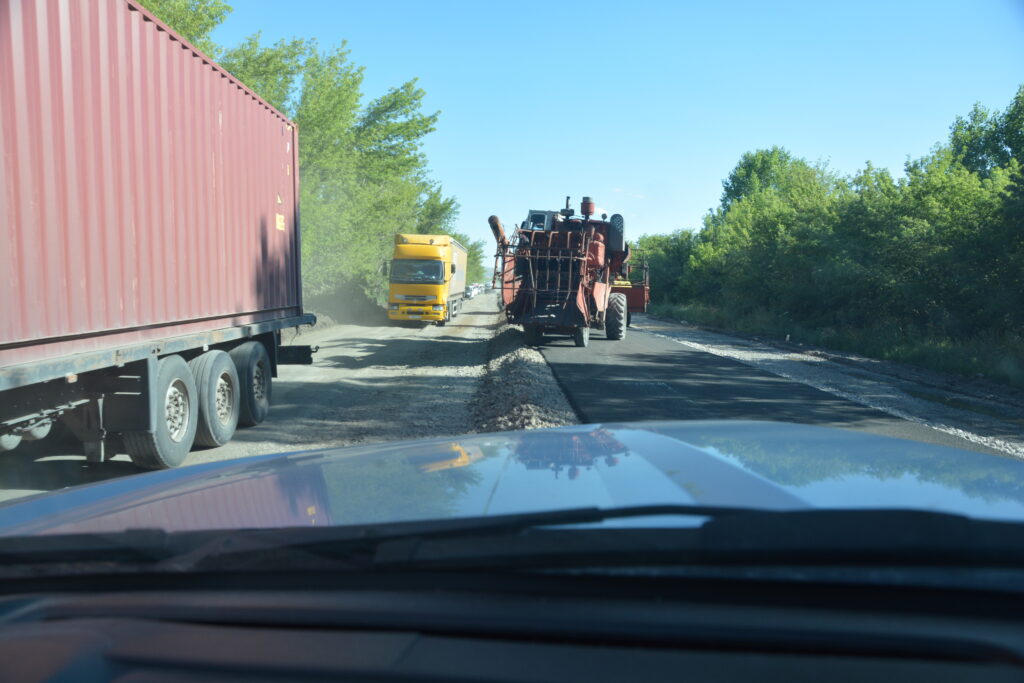
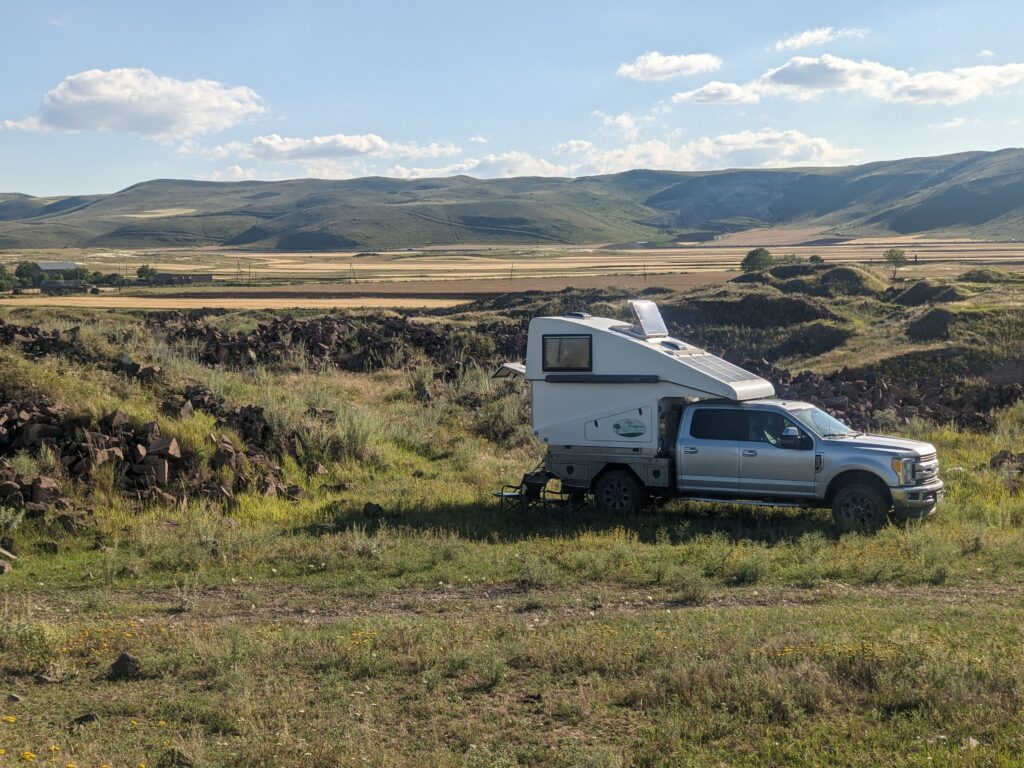
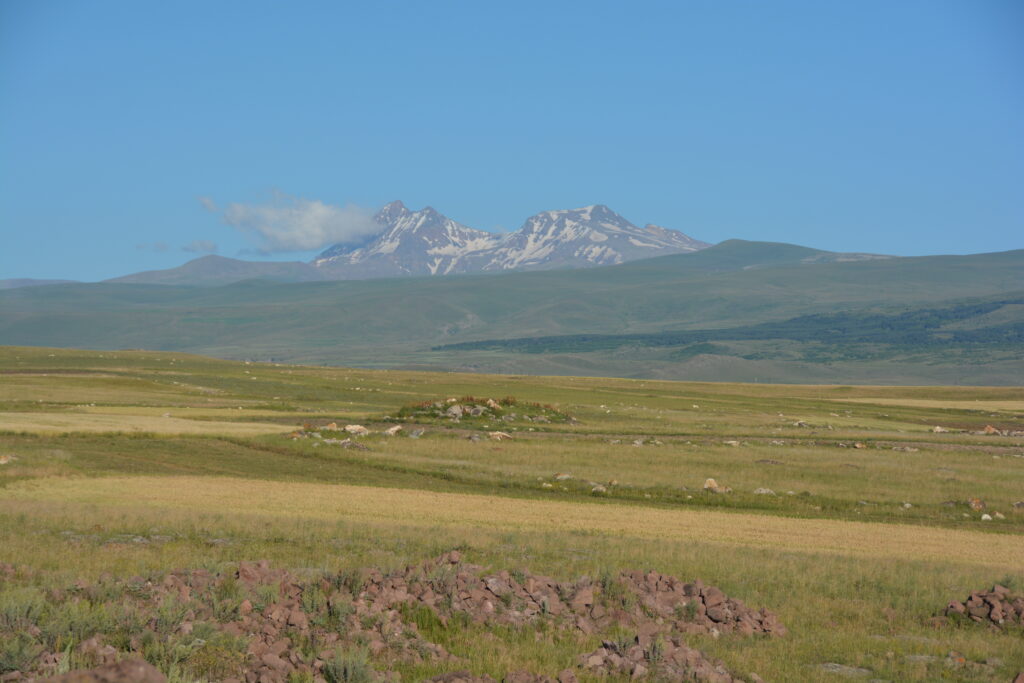
We had earmarked three ancient monasteries this morning on our way to the nation’s large capital, Yerevan. Easier said than done in Armenia! Karen, our sometimes reliable GPS and fourth member of our team, took us on a series of rough and muddy farmers’ tracks between the fields, funny, fun and slightly concerning, and then some beaut rural roads that really were roads, at least by Armenian standards, until we reached the first monastery, Surp Gevorg, or the Monastery of St. George.
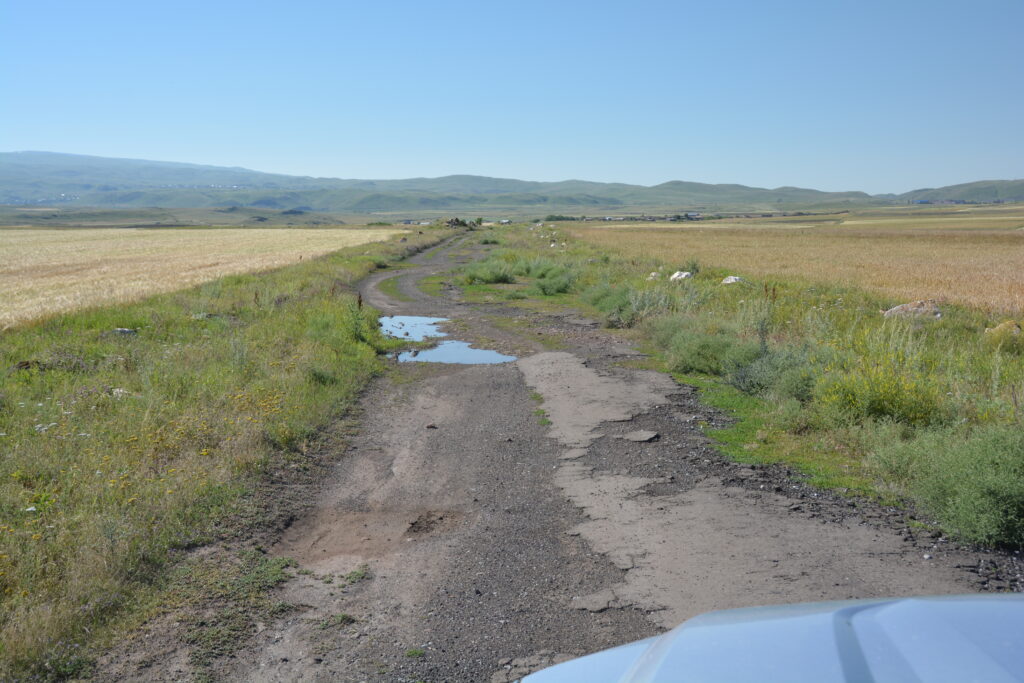
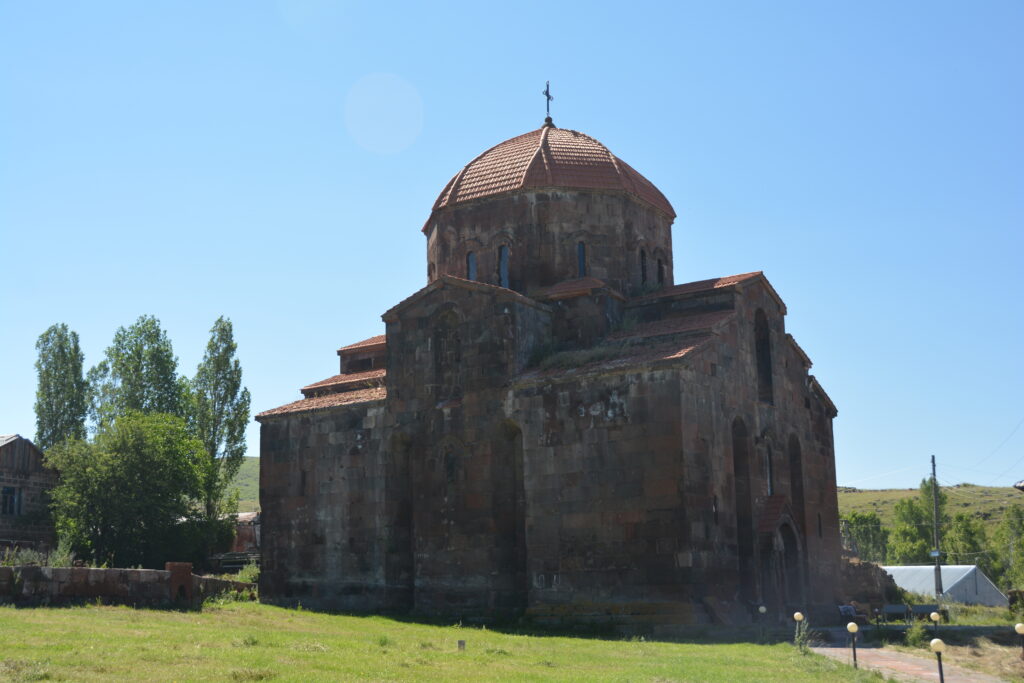
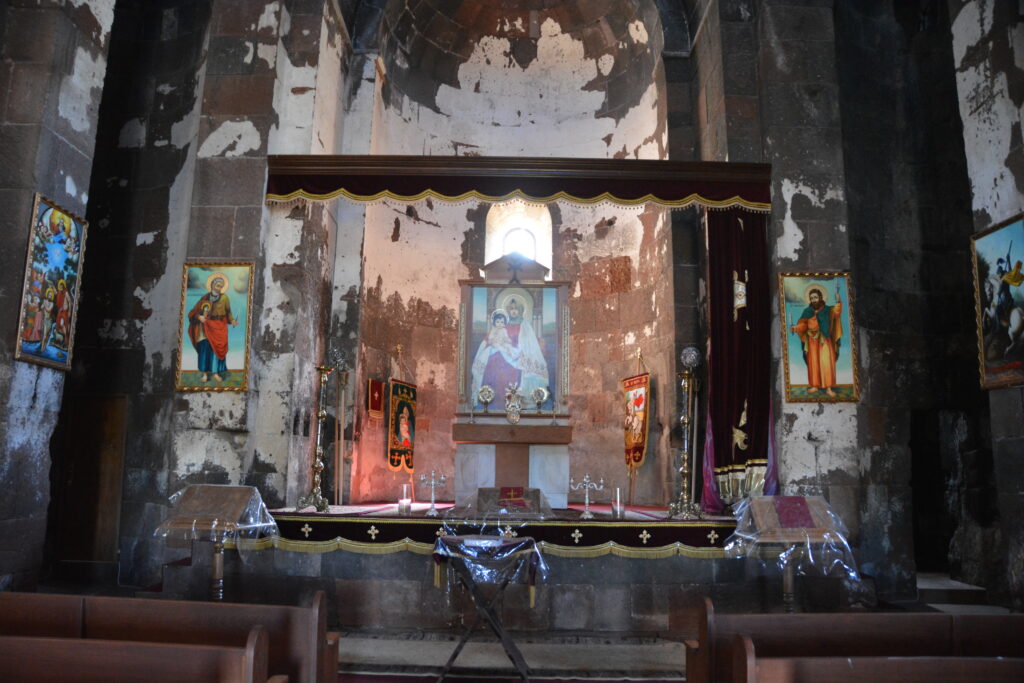
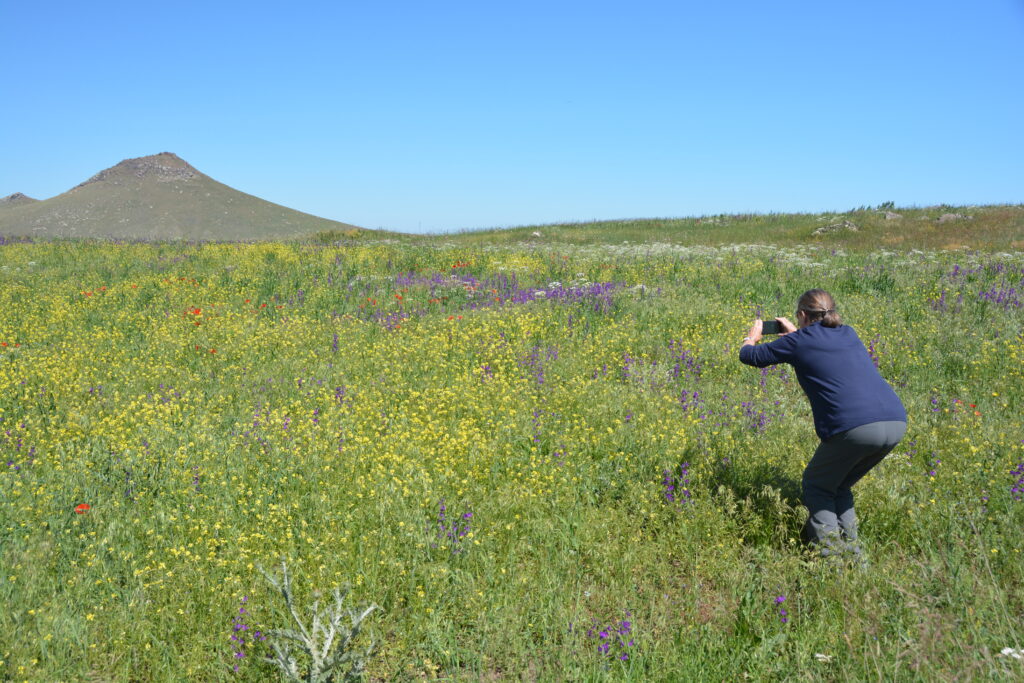
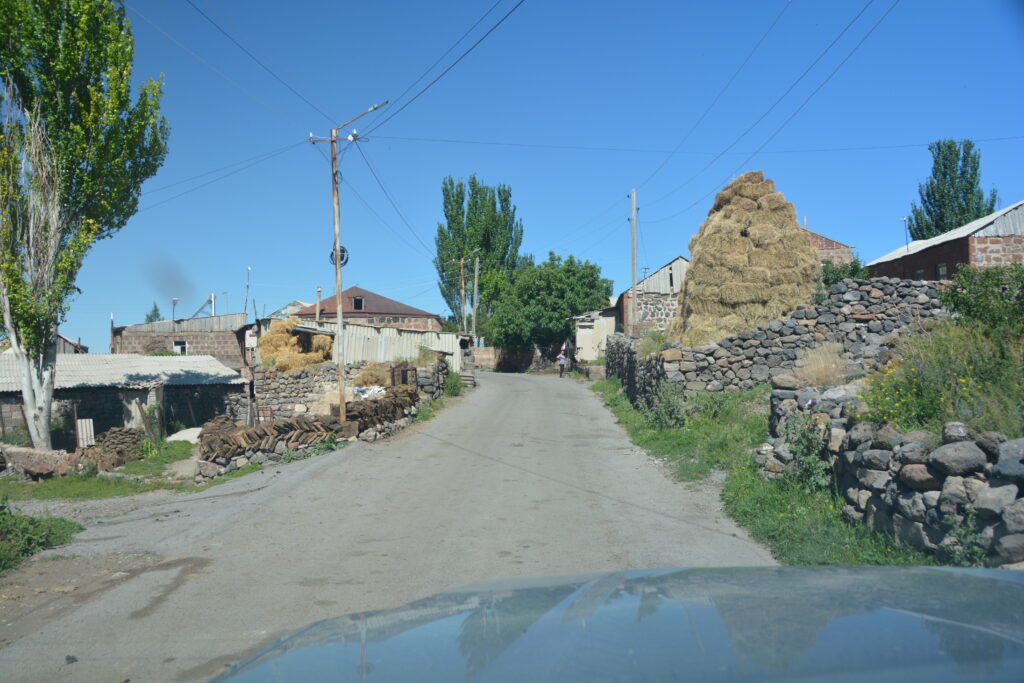
More backroads through more small lifeless villages, save for the locals patting out cow manure patties to dry and burn for winter heating and clearing fields by hand with a swinging scythe, first to Hovannavank Monastery and then to Sagmosavank Monastery, both built spectacularly on the edge of the deep Kasagh Gorge.
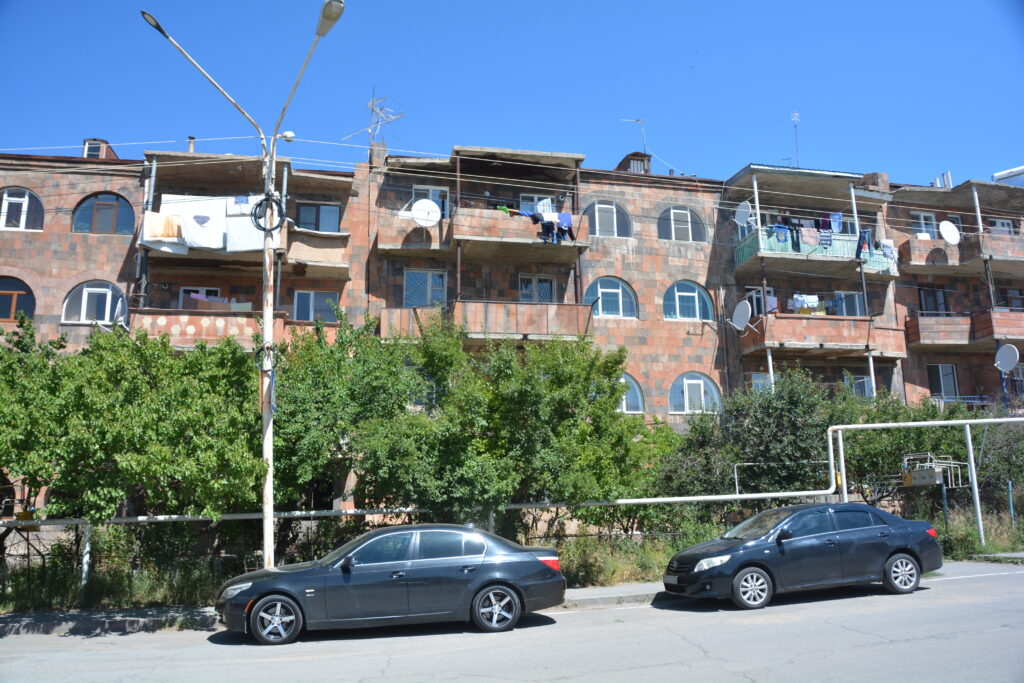
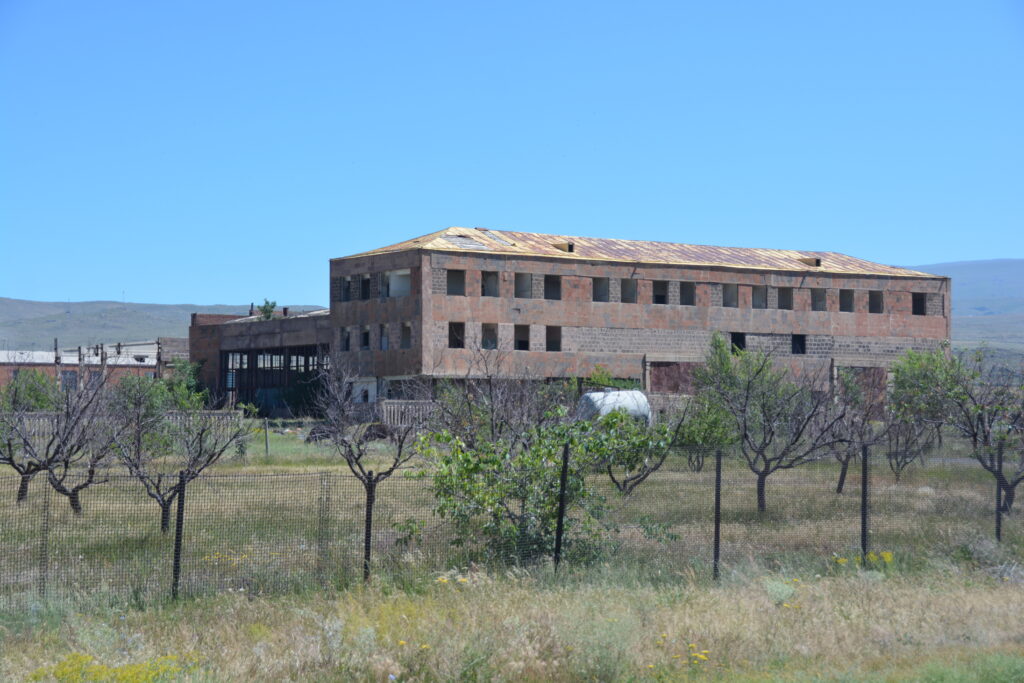
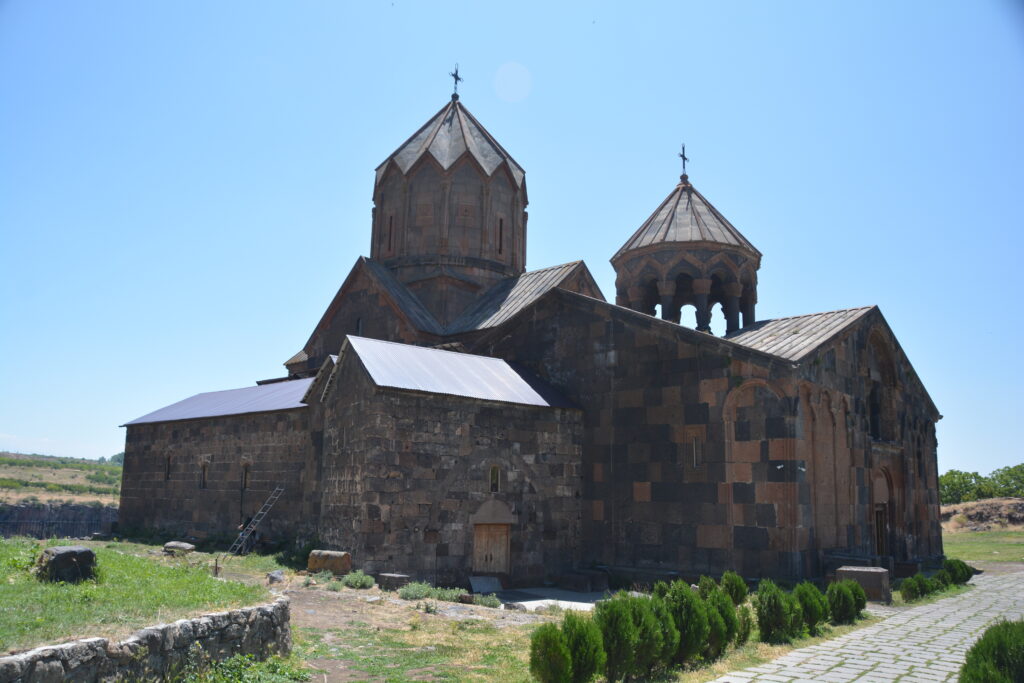
These magnificent churches, and especially Hovannavank which was our favourite, are outstanding examples of medieval Armenian Orthodox architecture – hearty, sturdy, lacking fancy pretense but possessing such a powerful and meaningful message of durability that has lasted for more than 700 years.
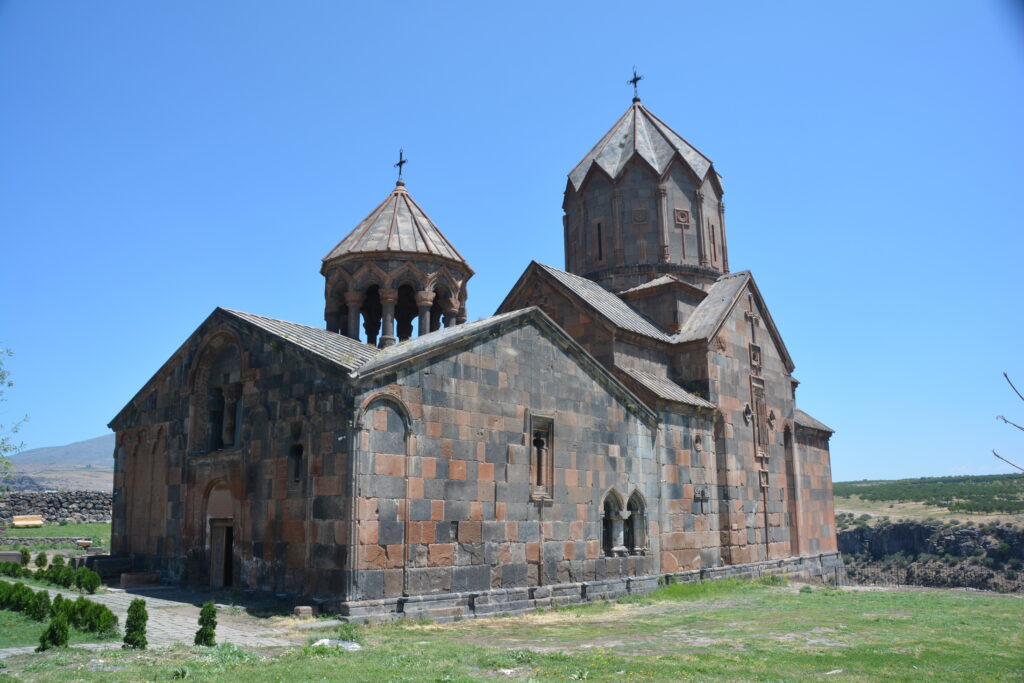
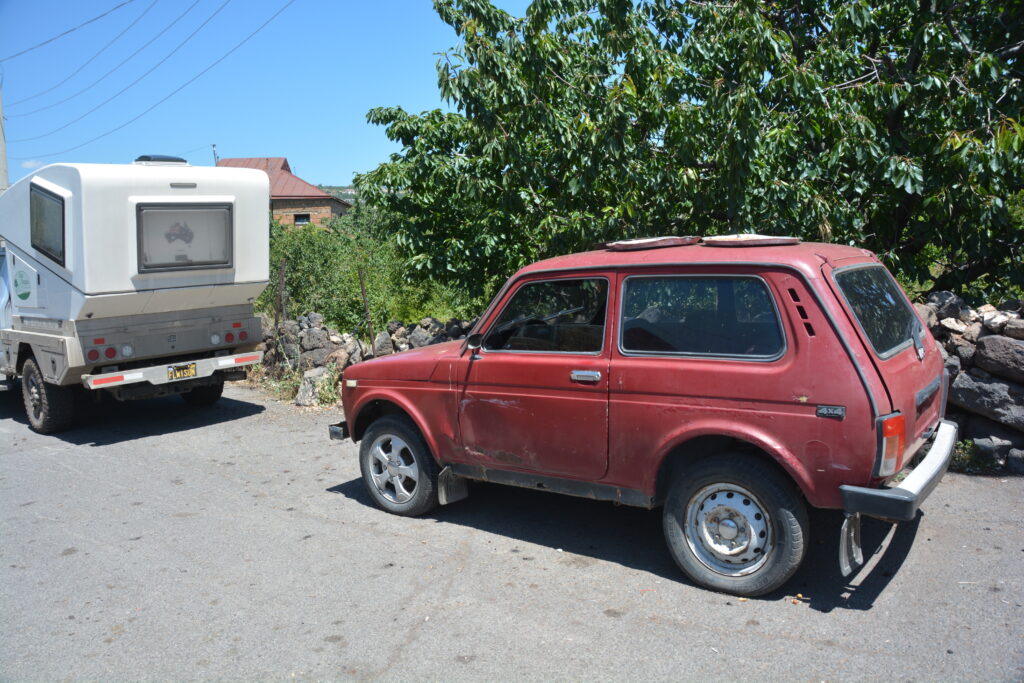
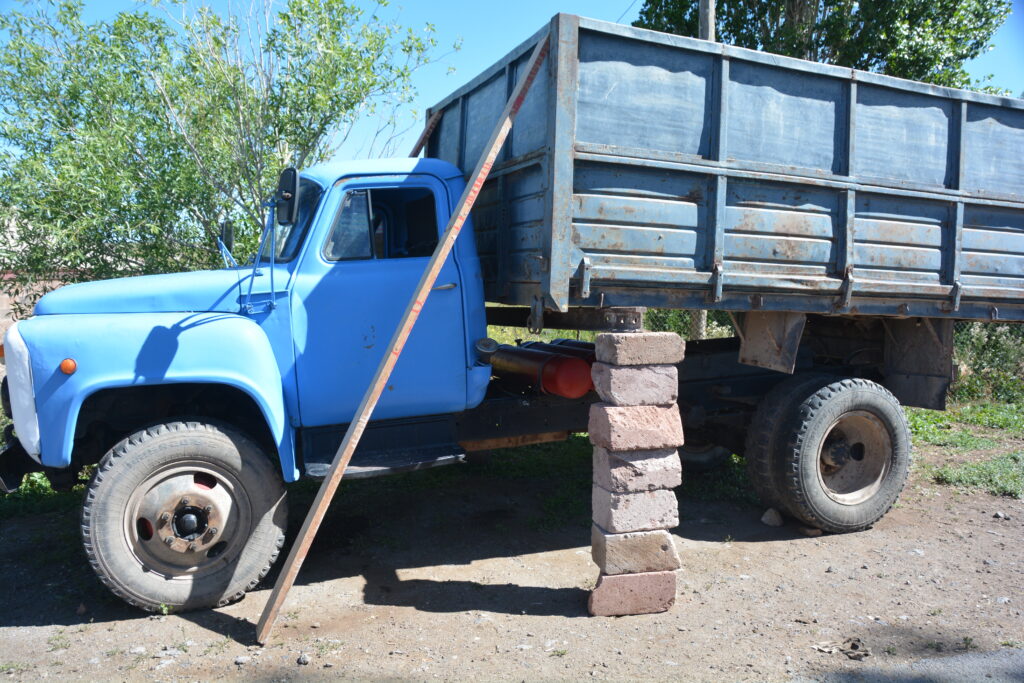
We fought the pock-marked roads and ubiquitous road works – quick note here, in Armenia they don’t have any traffic control at road works so the lunatic drivers fight for space on the roads under construction with the road-building equipment and workers…absolute first-class chaos – into the sprawling capital of Armenia, Yerevan. Yerevan has a population of over one million people, most still living and working in Soviet-aged buildings from the 1960’s and 70’s which look absolutely disgusting, and made our way to the Genocide Museum sitting on a hill just outside of town.
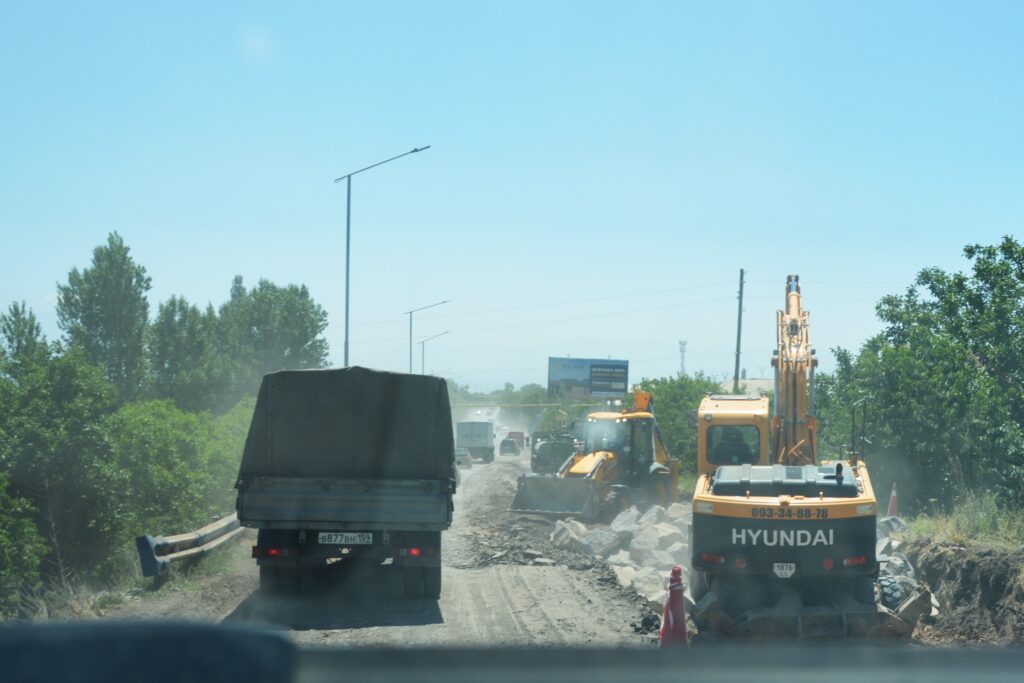
Whoa…genocide? Sadly, yes, genocide. As the Ottoman Empire – the Turks – expanded their wings and solidified their stance as an Islamic nation in the late 19th century and early 20th century they began a systematic move to forcibly remove or kill all non-Muslims, most of which were Armenians who had settled and lived in former Armenian lands for generations but now fell under Ottoman rule.
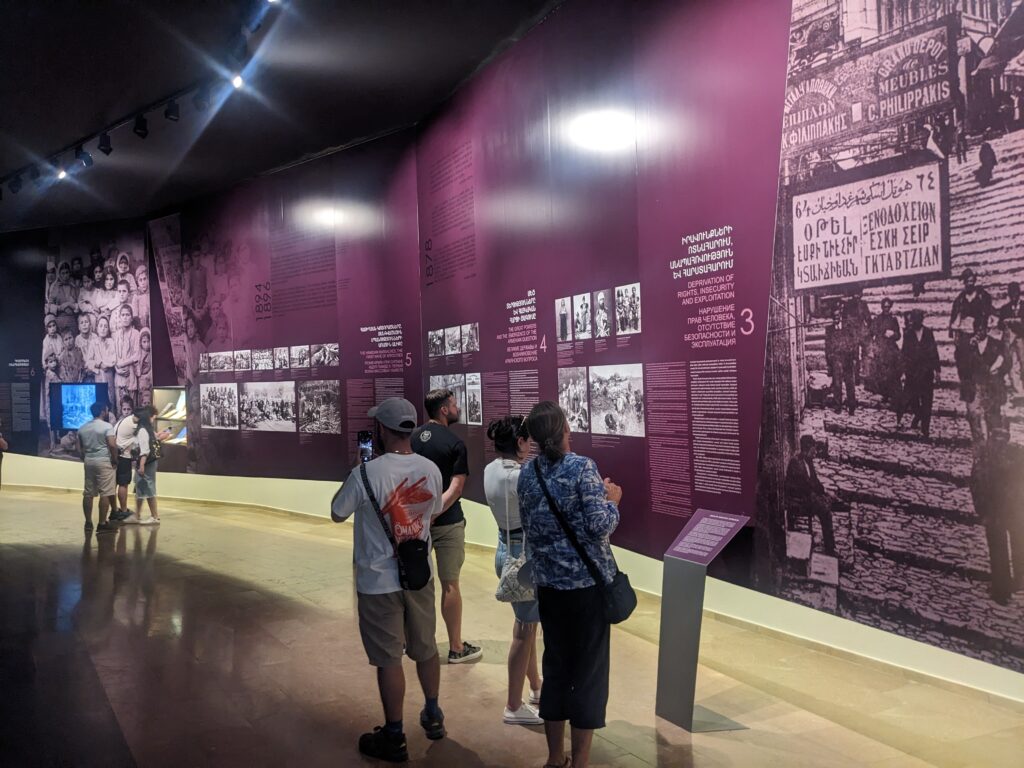
Historians believe almost 1.5 million Armenians died, either directly at the hands of Turkish authorities or through exposure, starvation, etc. This gruesome chapter of history, which Turkey still refuses to acknowledge, is superbly documented in their modern museum. We soberly walked through the exhibits, learning more of this atrocity, before driving down to Republic Square in downtown Yerevan, walking the swank, busy and trendy streets of this cosmopolitan city, a long way from the story told in the museum, and enjoyed a beer at a sidewalk café next to cooling fountains.
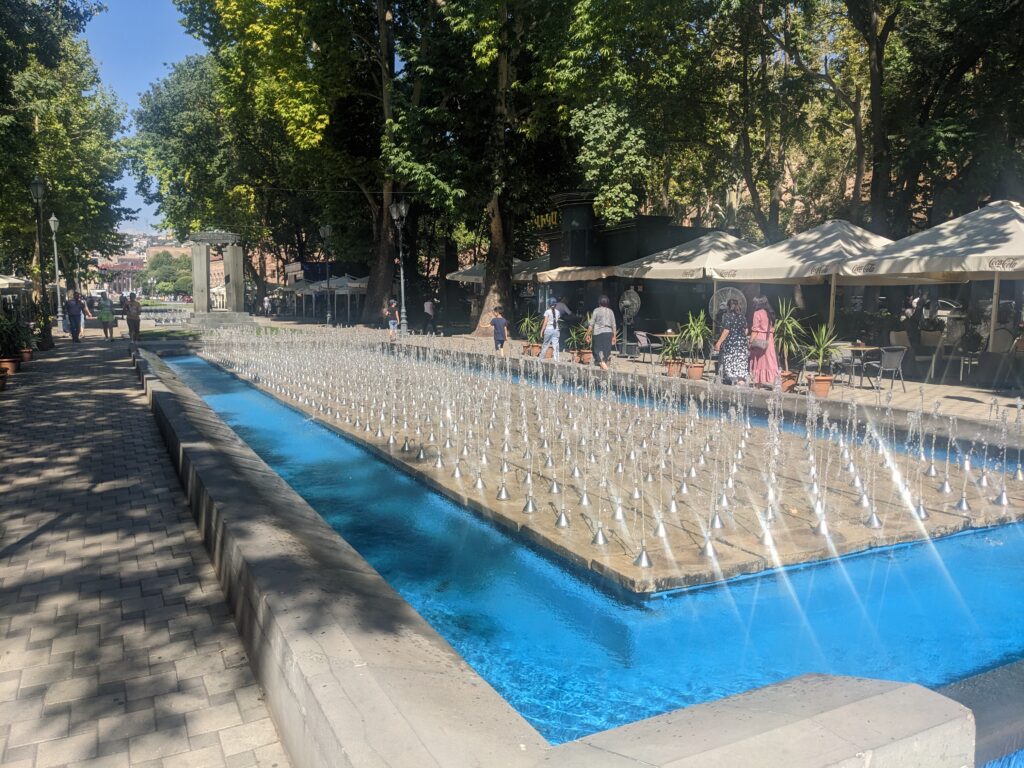
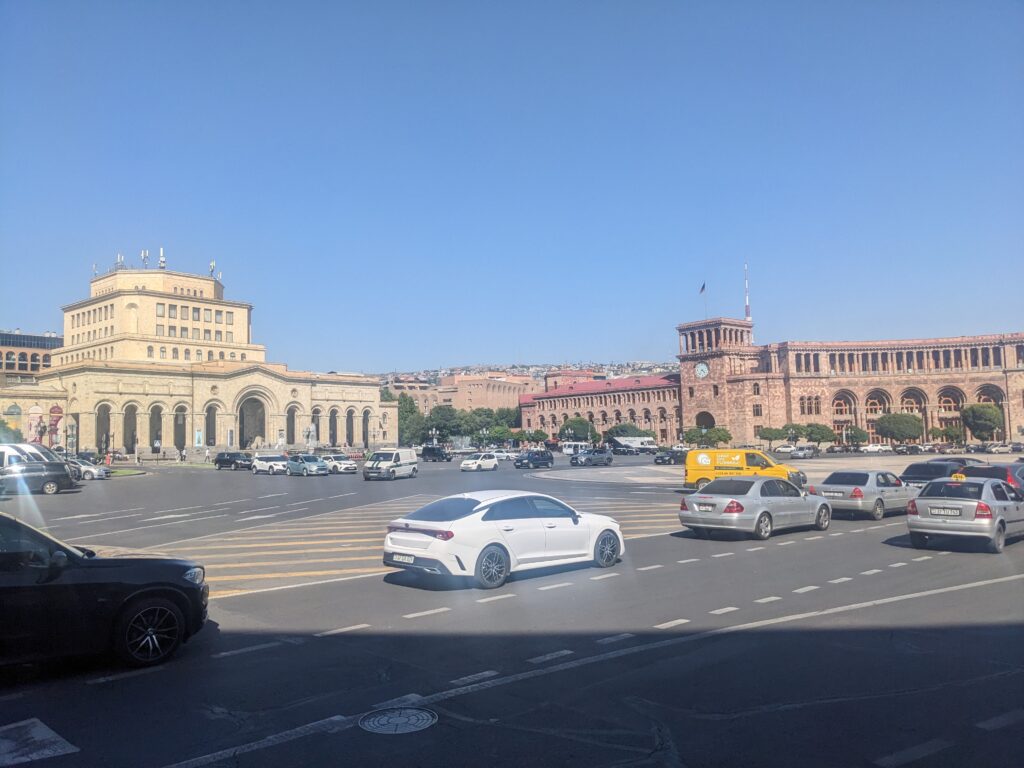
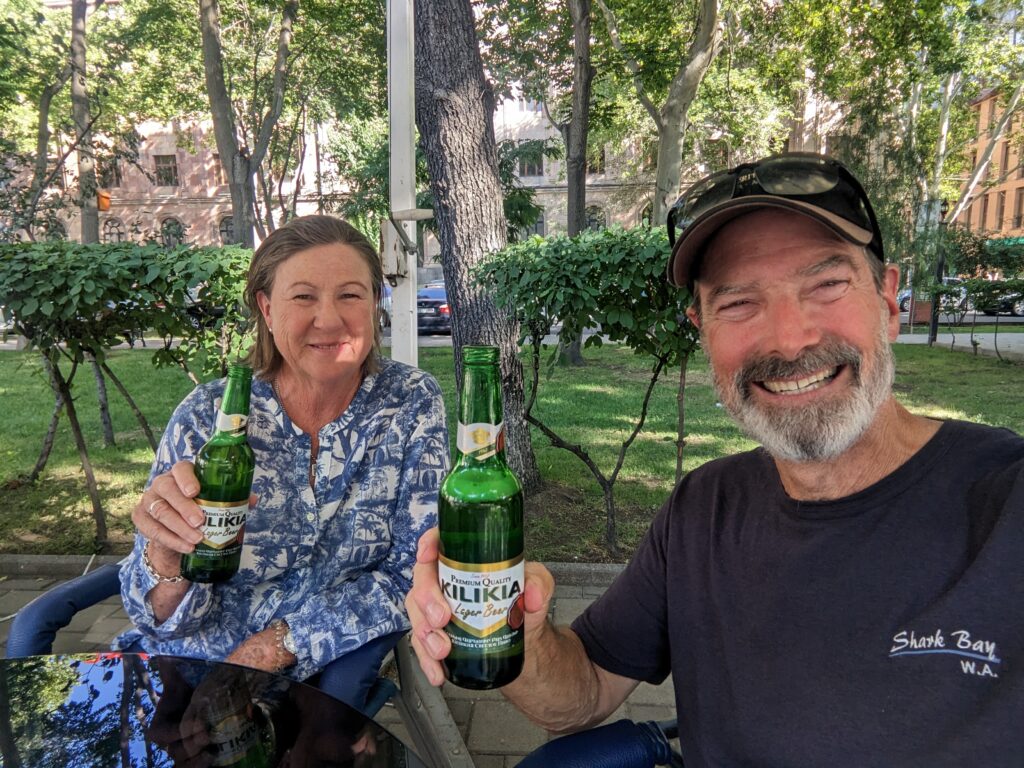
There aren’t any campsites anywhere near Yerevan so we camped that night, yes, I must be honest, in the carpark of the Genocide Museum, a quiet and private place with good views of the city. This might sound a bit creepy but we have form. In Poland in 2018 we parked in the carpark of the Auschwitz Concentration Camp. Now that was creepy!
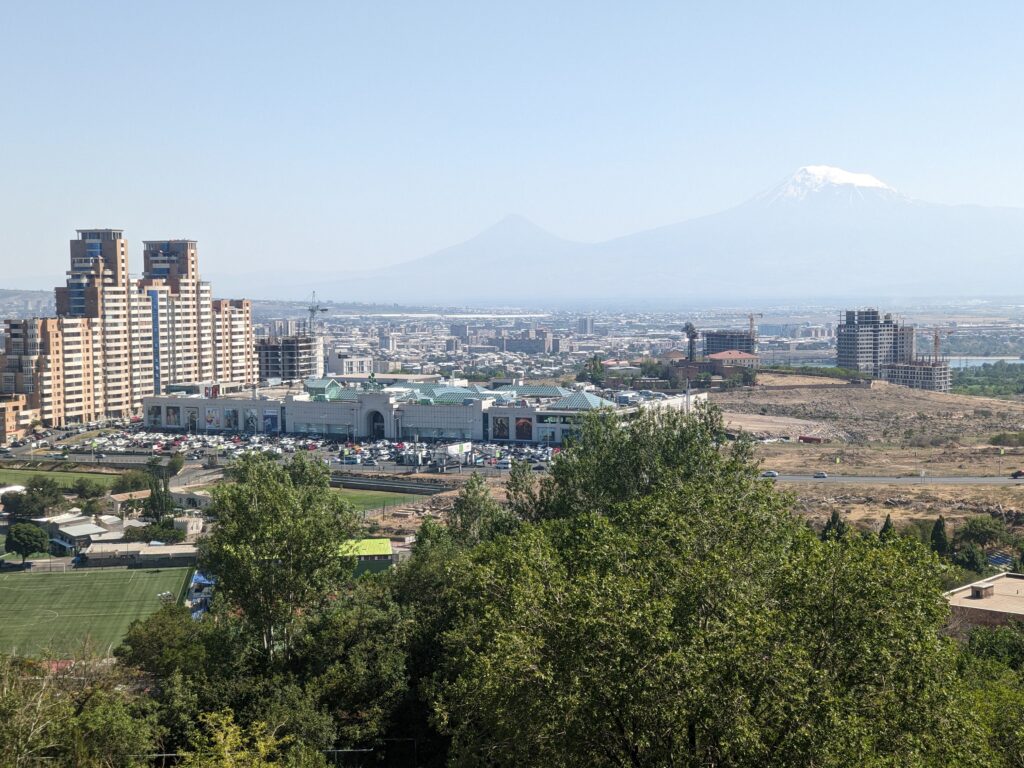
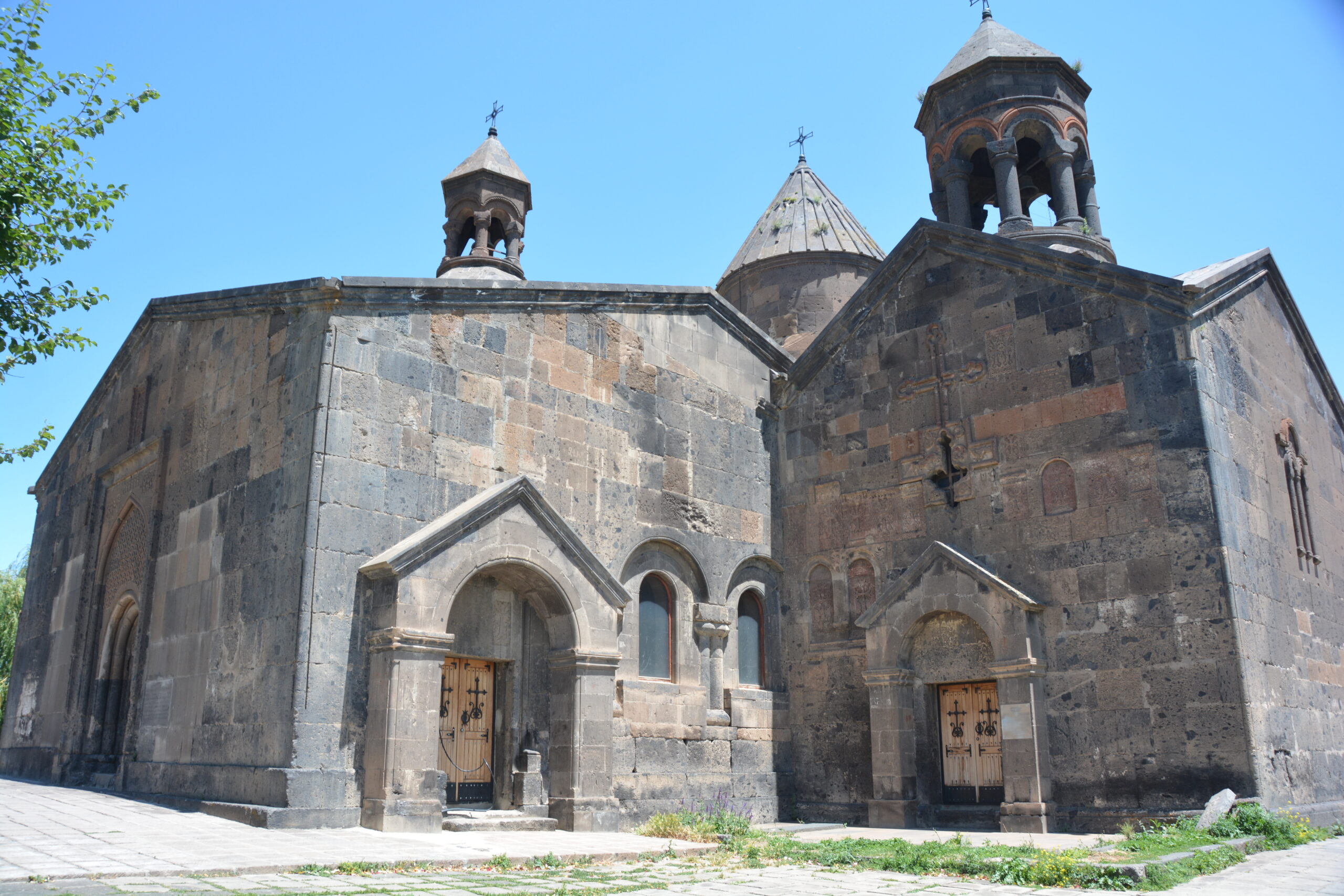
Hi Bill and Julie,
We were fortunate to have met you back in 2017 on your early part of your journey. Wow, your tenacity and insights are inspiring. Your photography and writing keeps gets better and better. This latest section, the Caucasus countries you are undertaking is something the rest of us will probably never. We are grateful that you are sharing so much.
The Vardzia Caves are as you say, “astounding”.
All our best to you.
Eric and Deborah
Oh wow, Eric, great to hear from you! We have very fond memories of our time together and our like minds. This part of the world is absolutely fascinating – an area we knew almost nothing about. Did you and Deborah make it to Ireland? Hope everything is great for both of you. Cheers, Bill